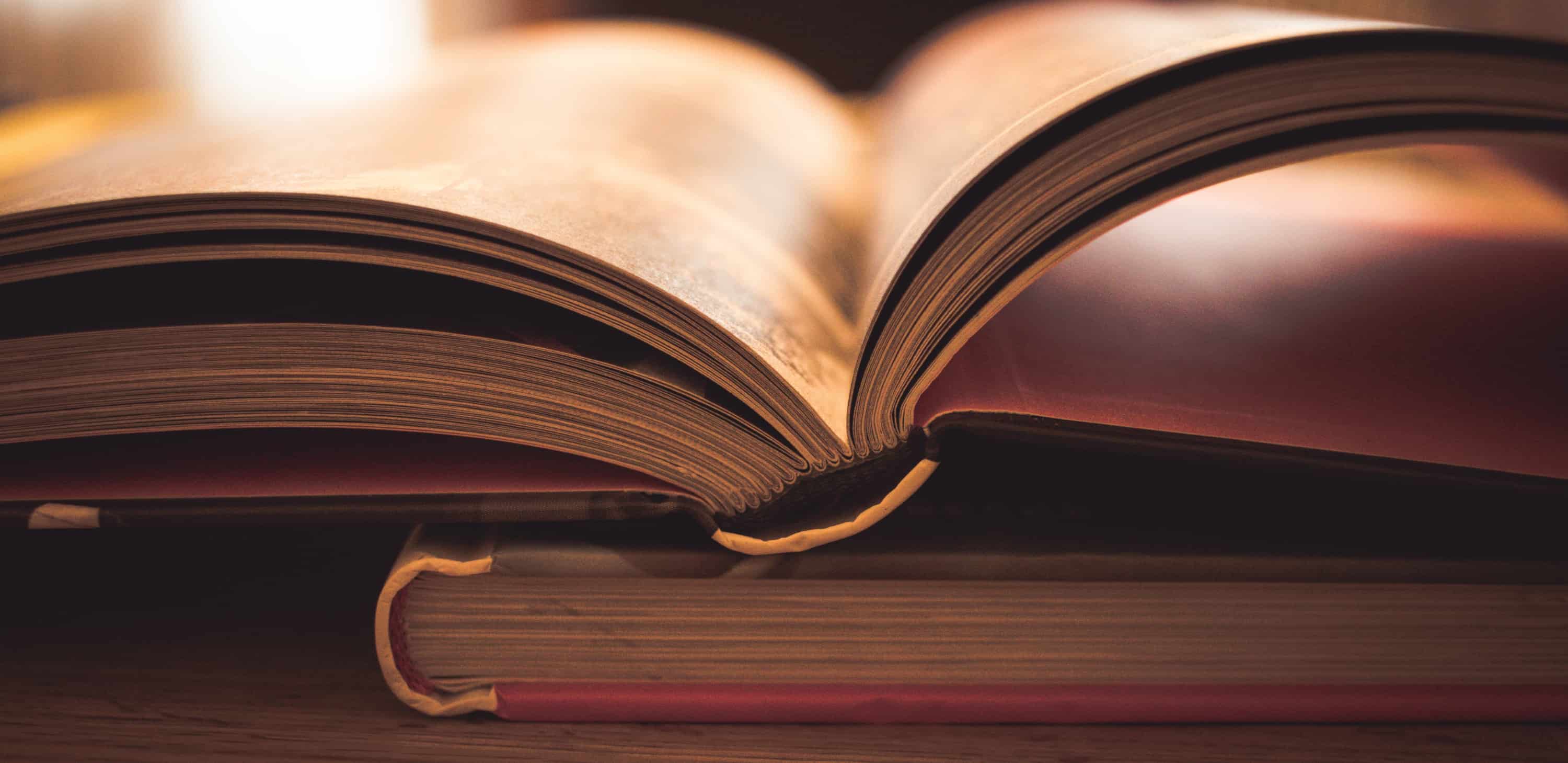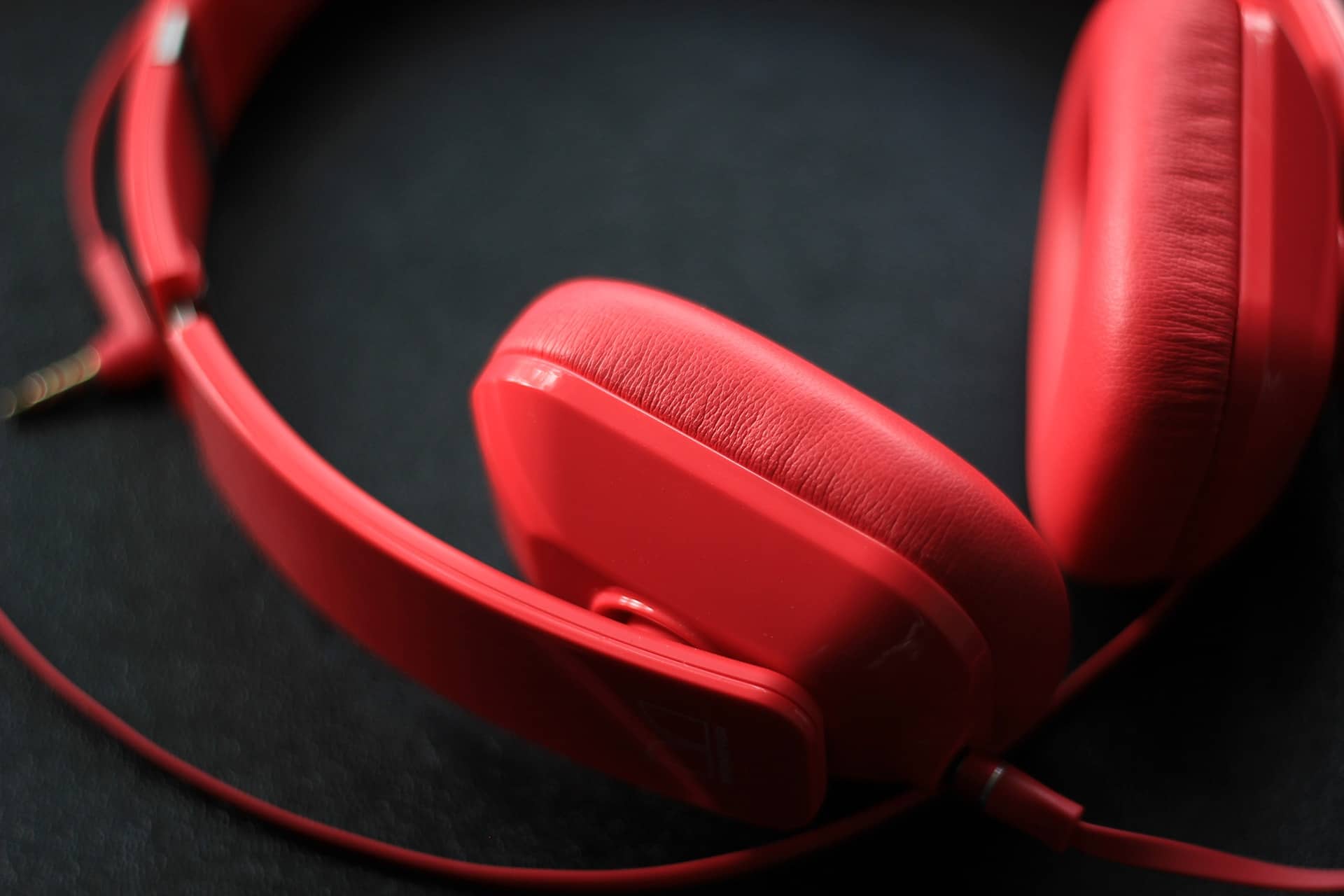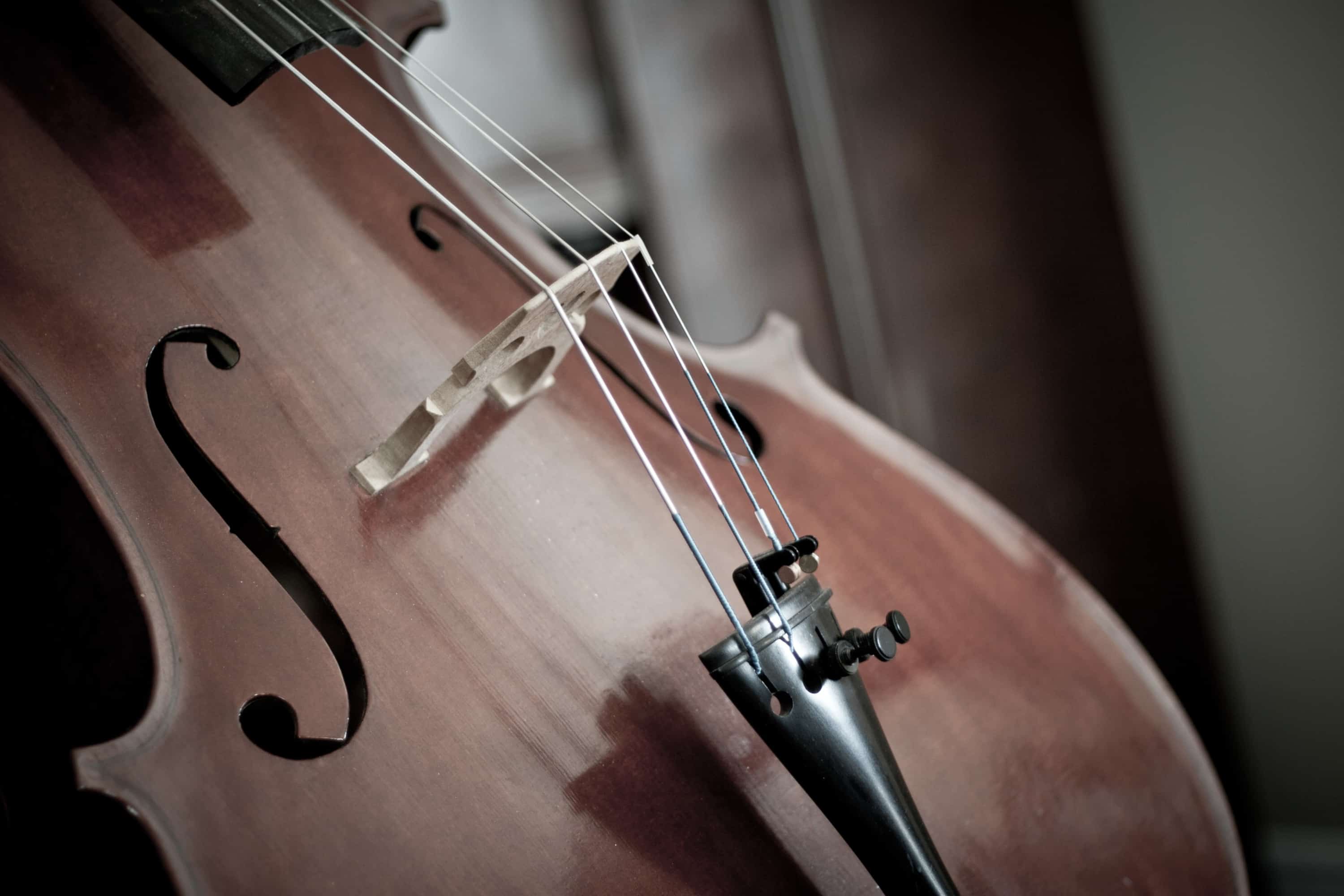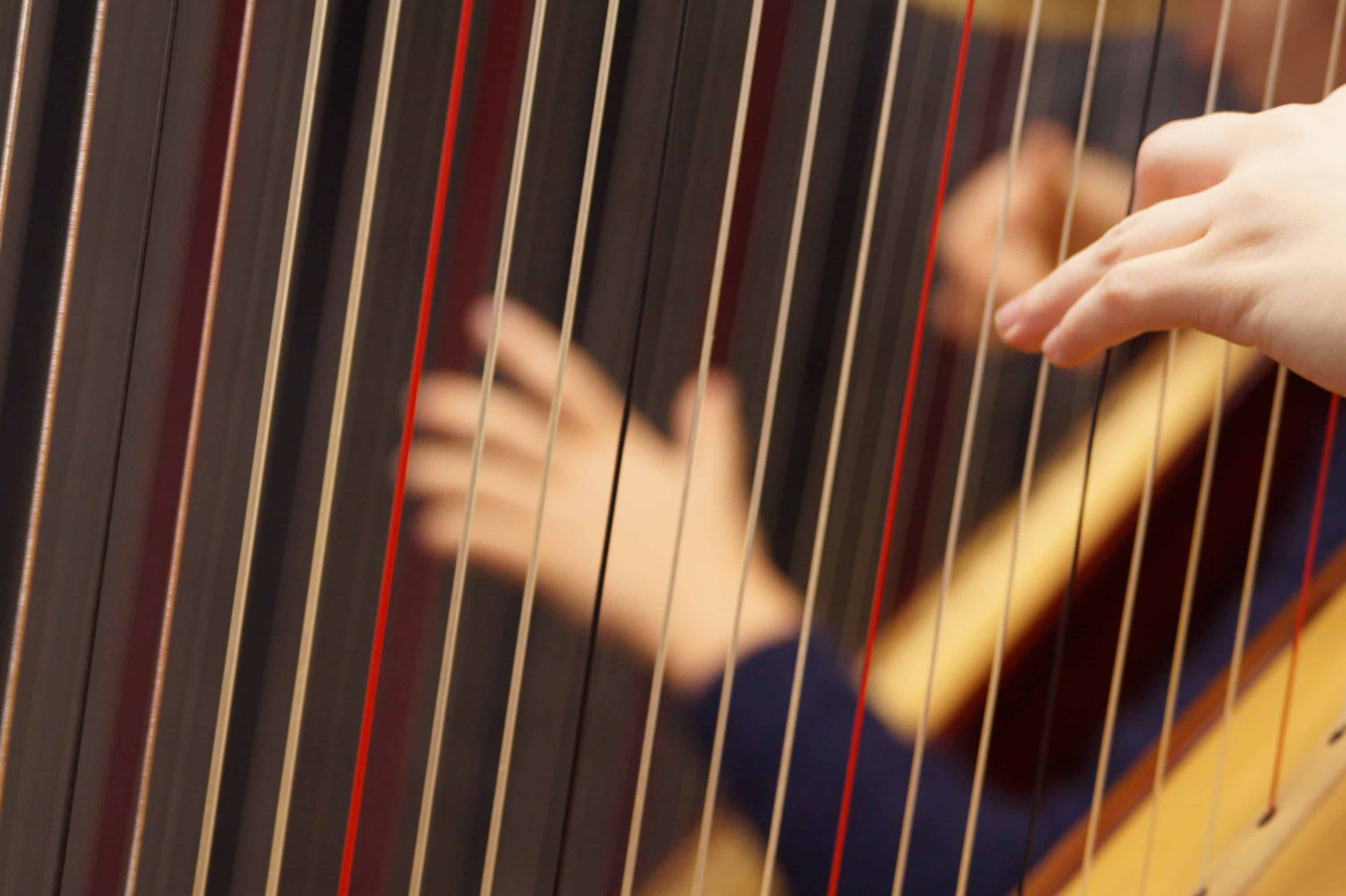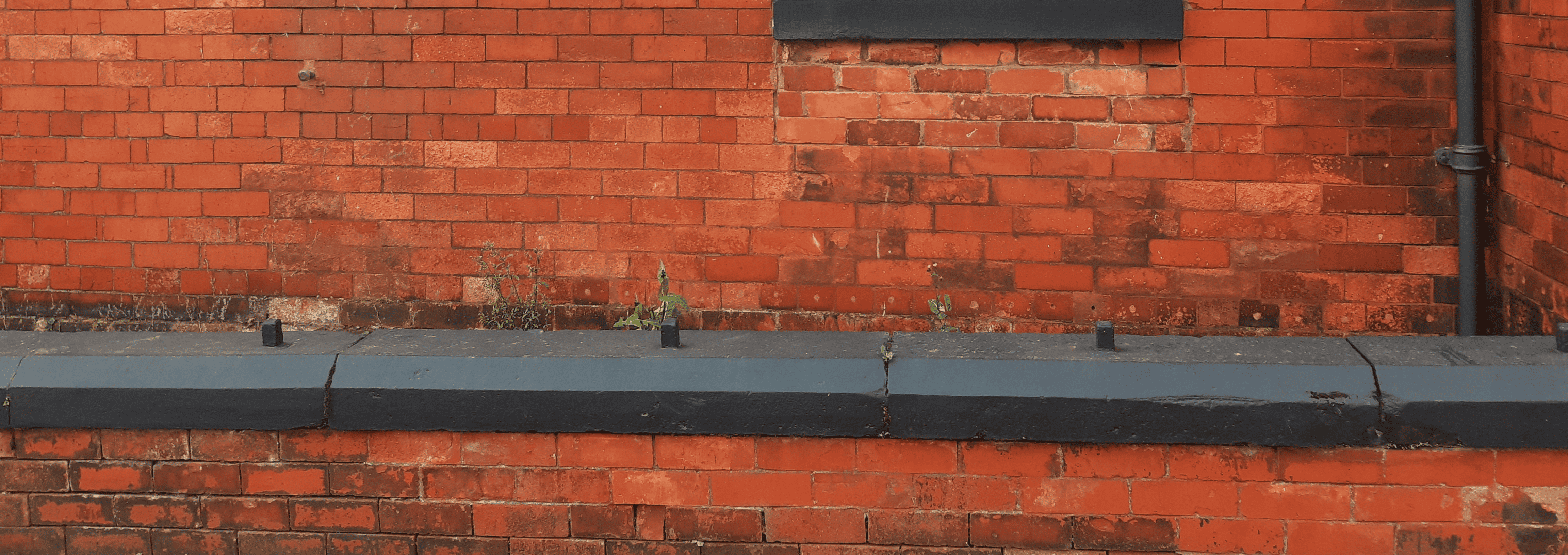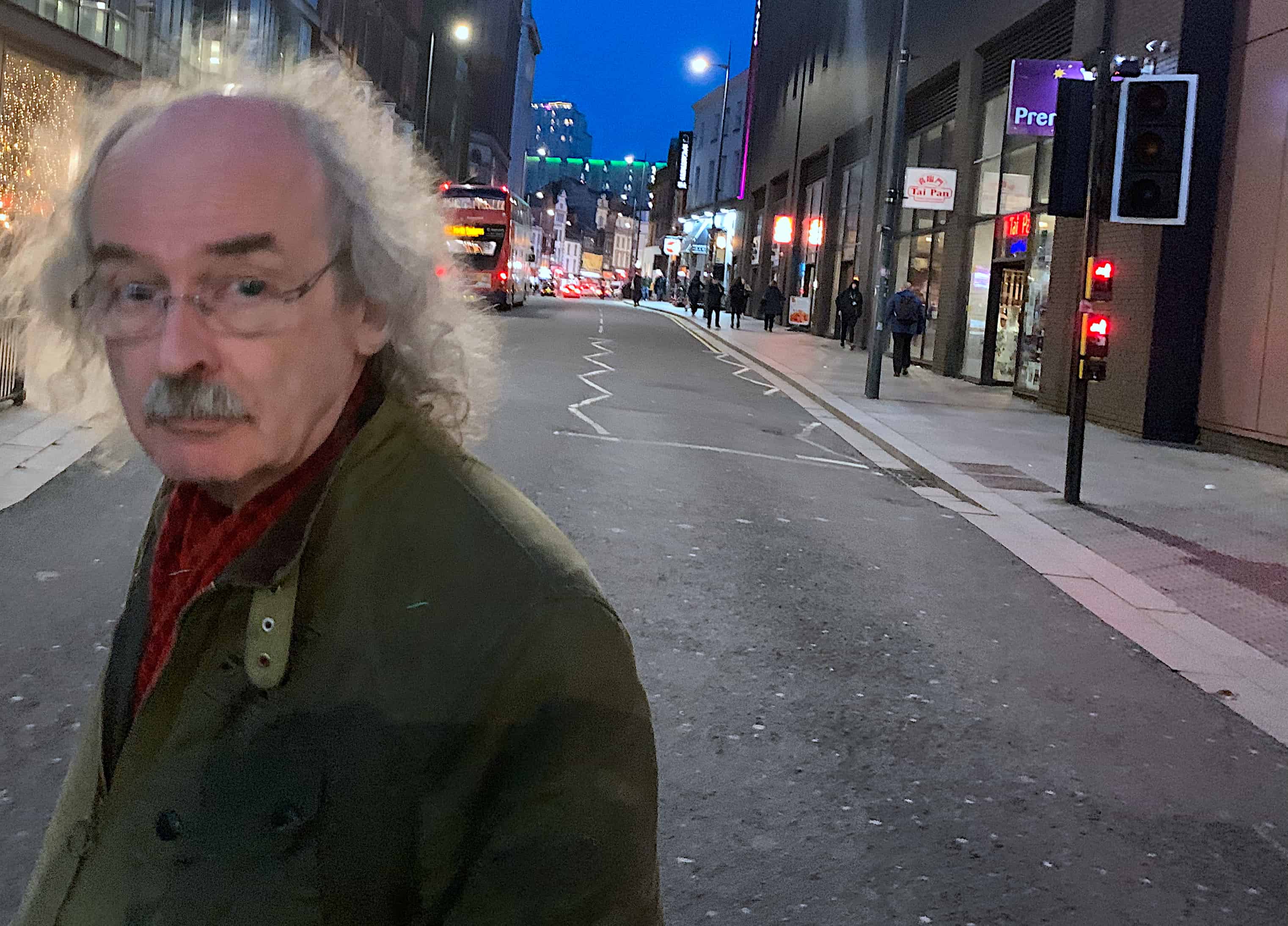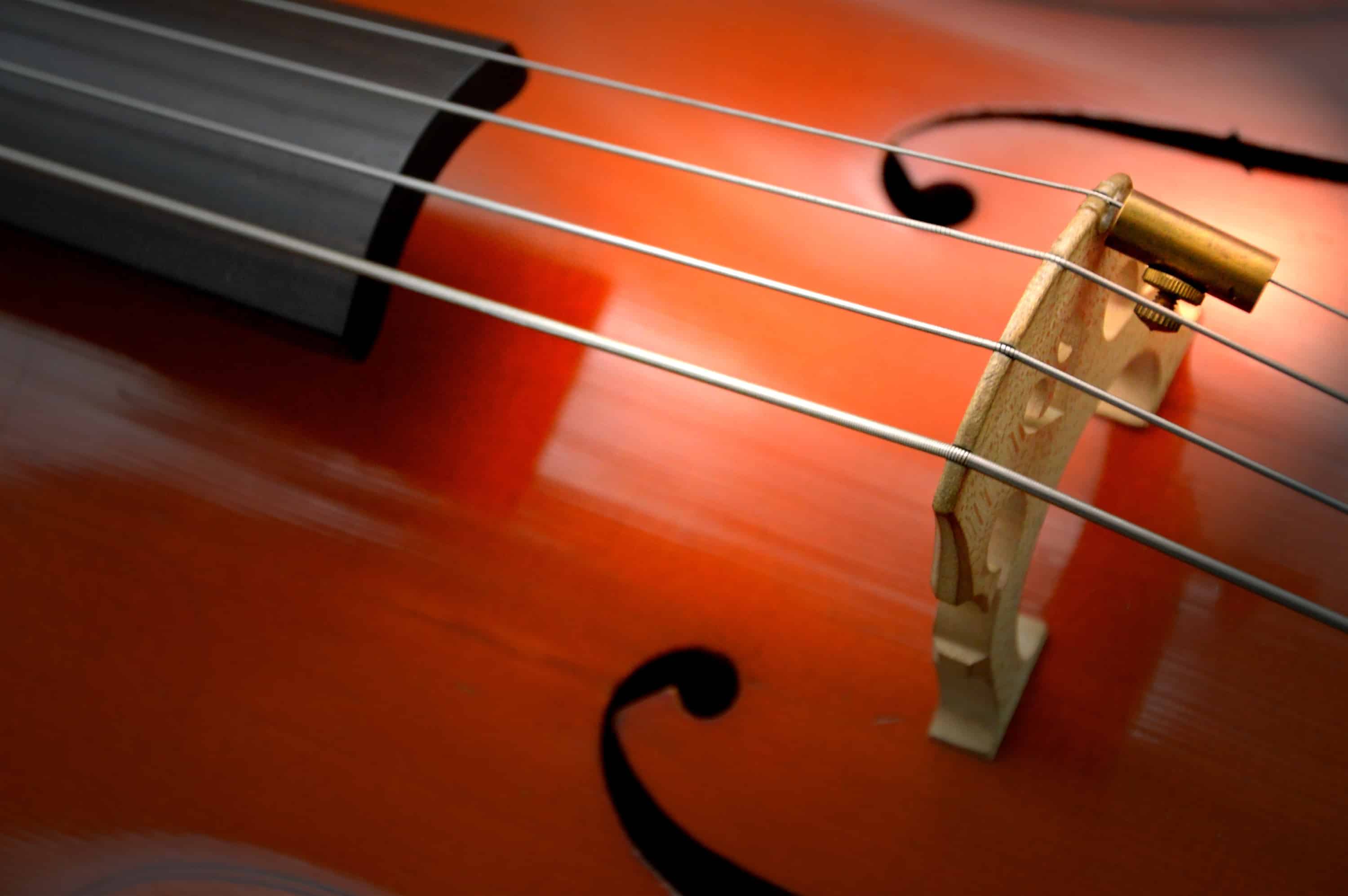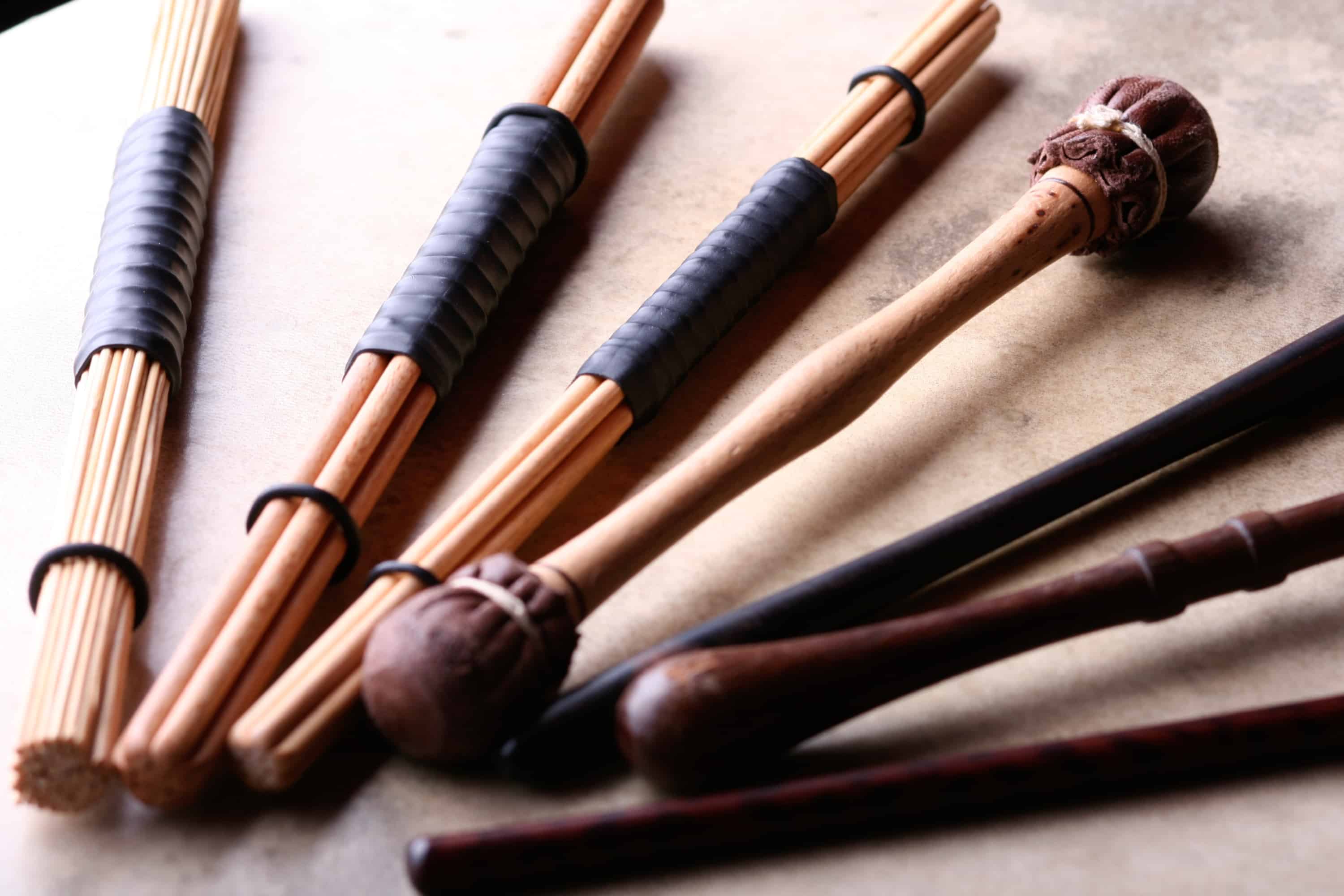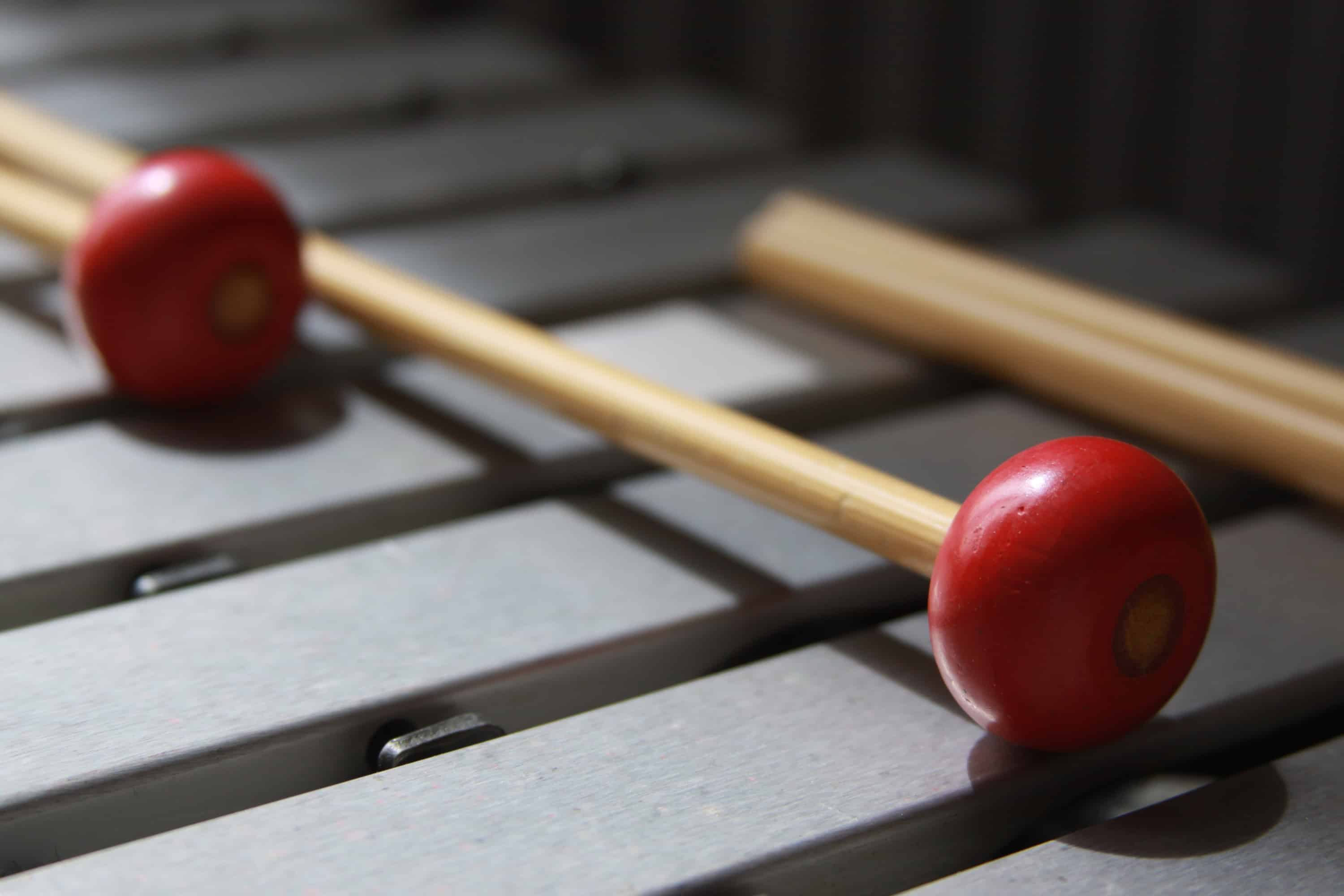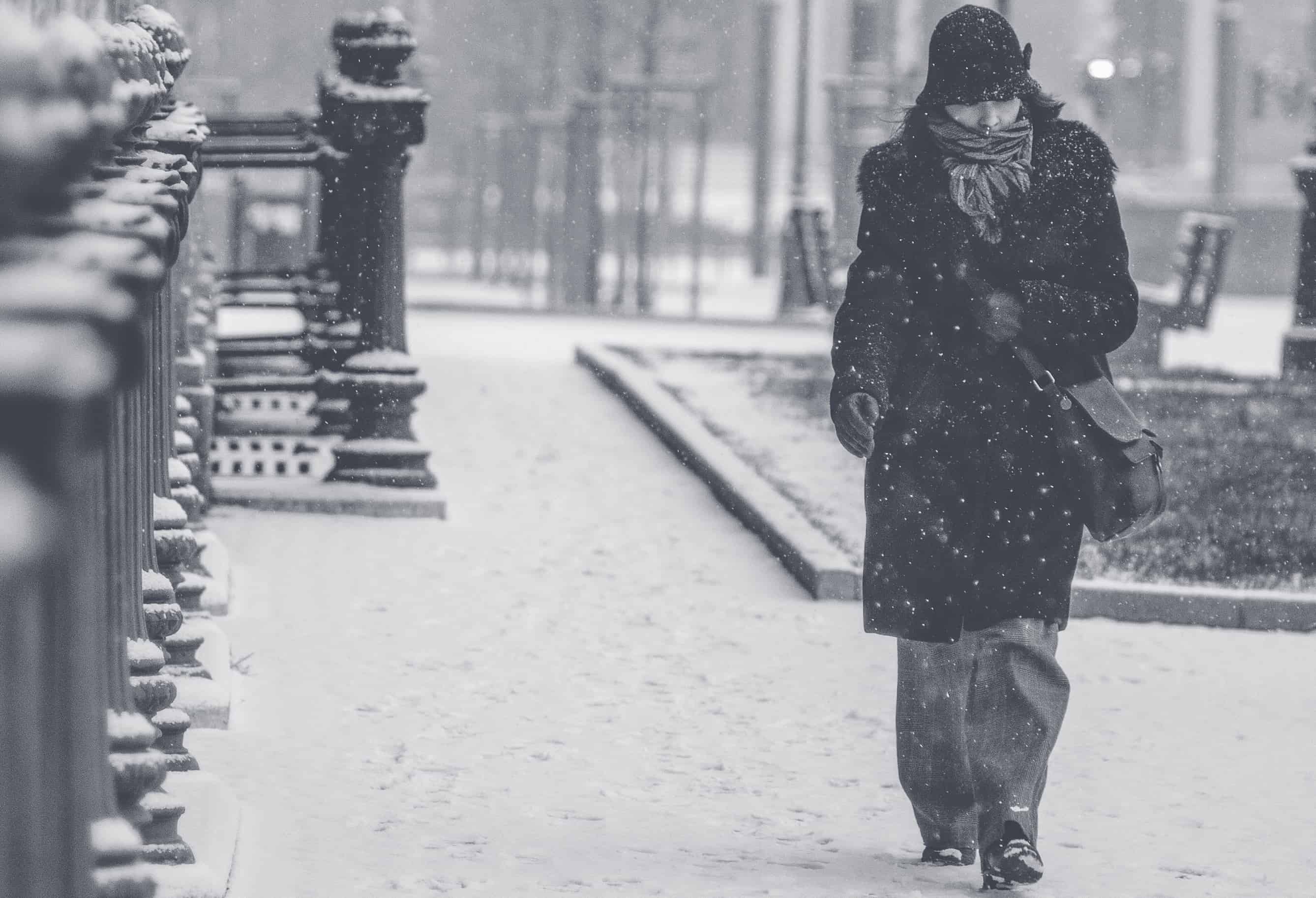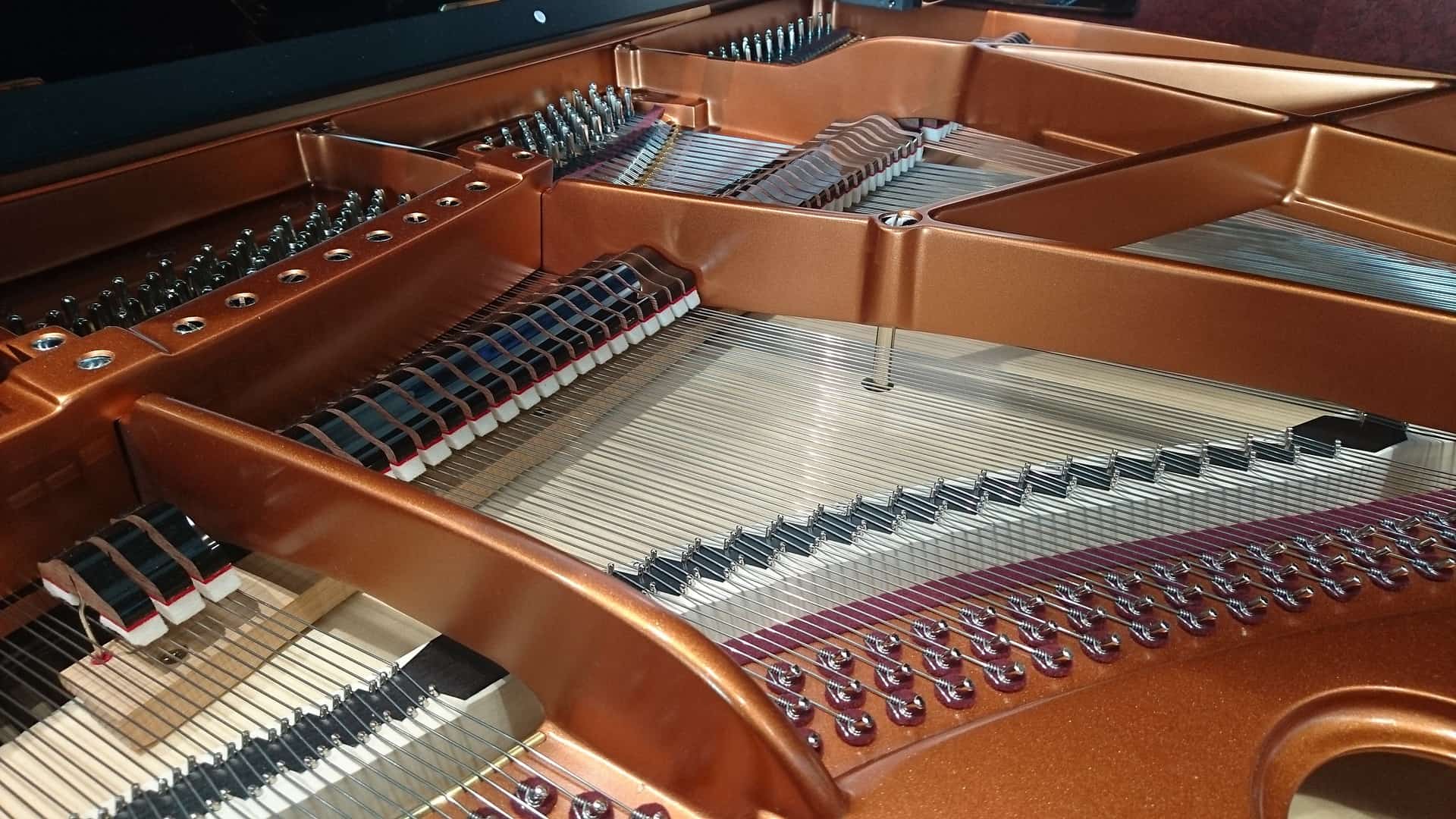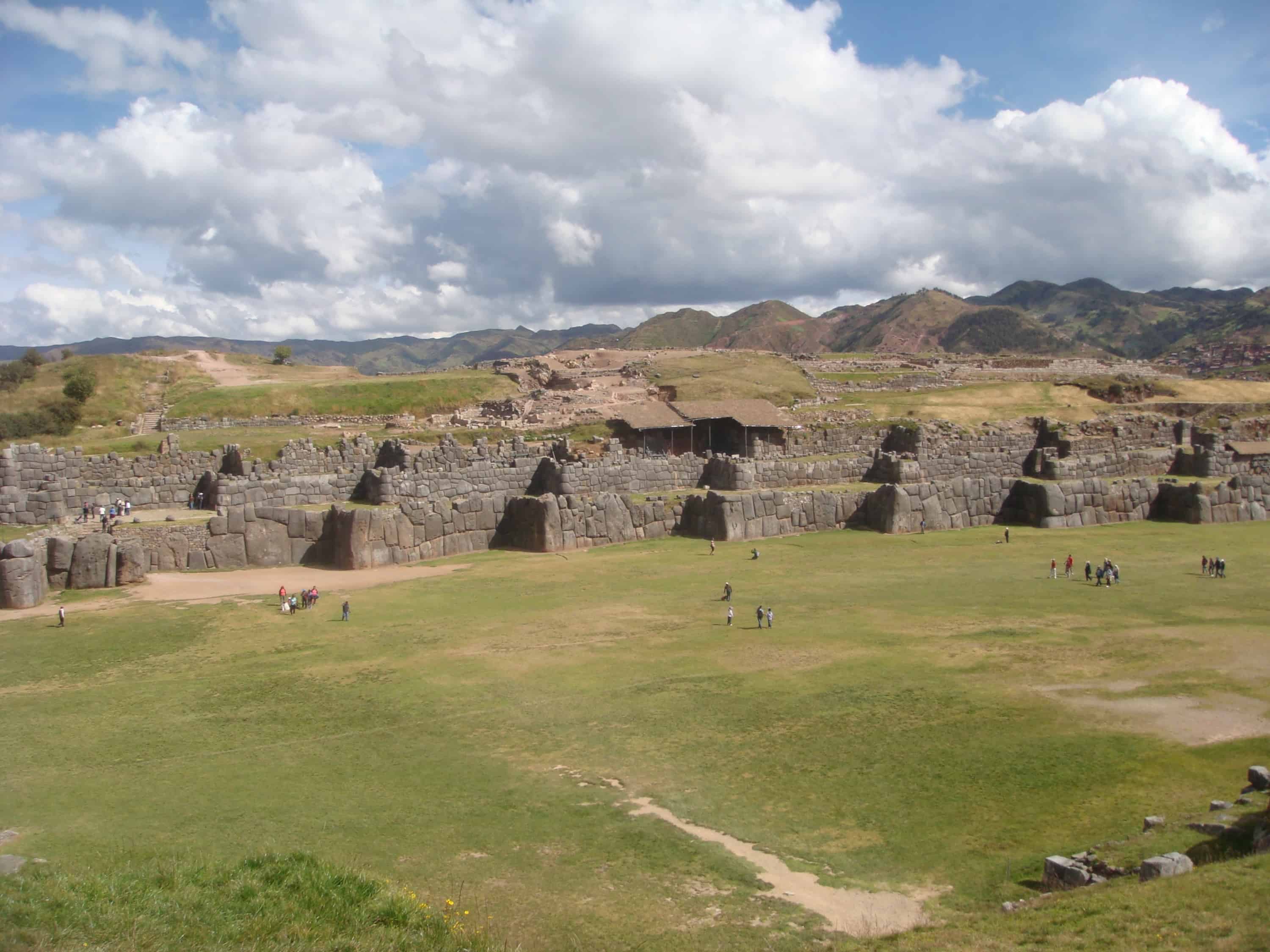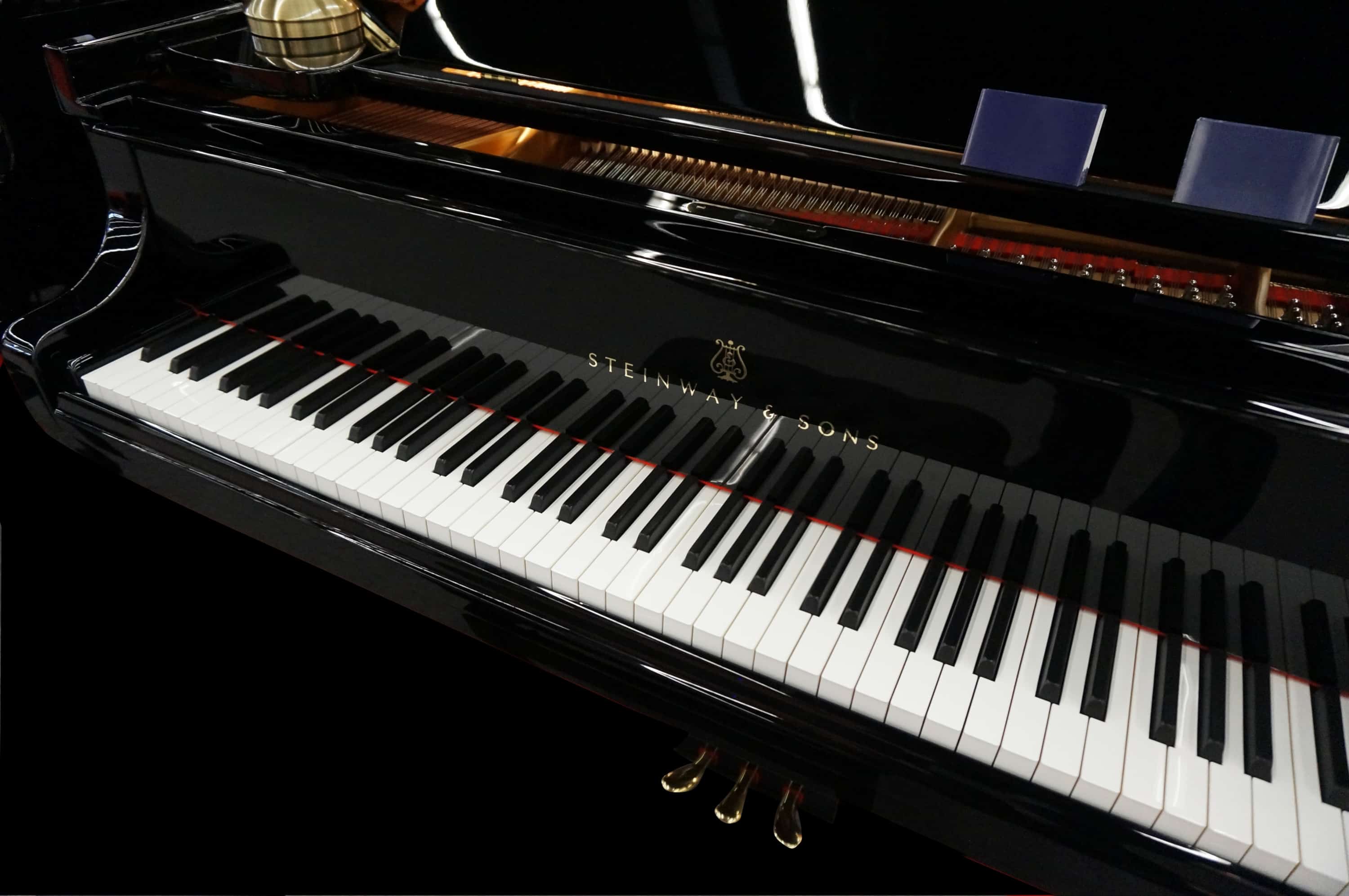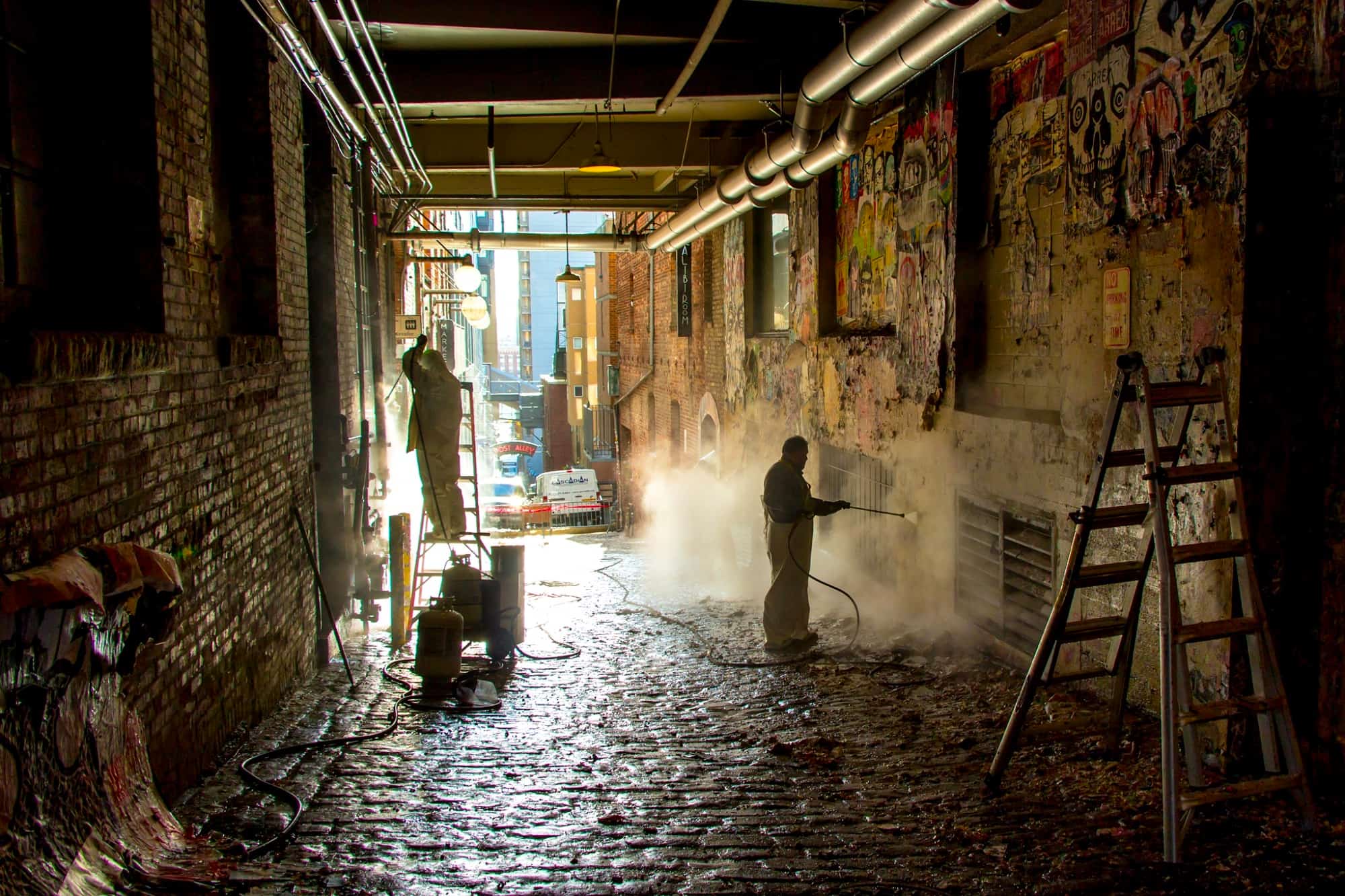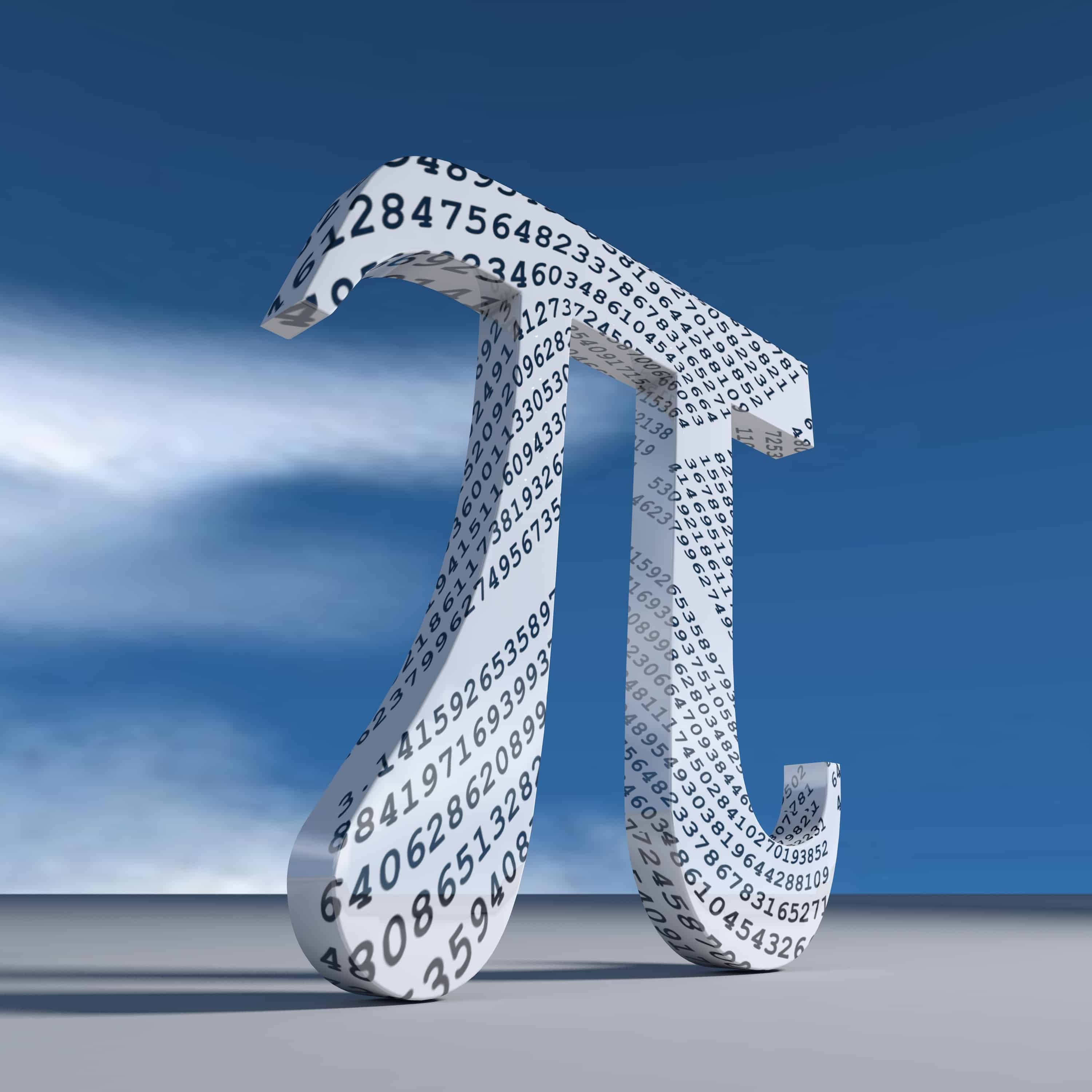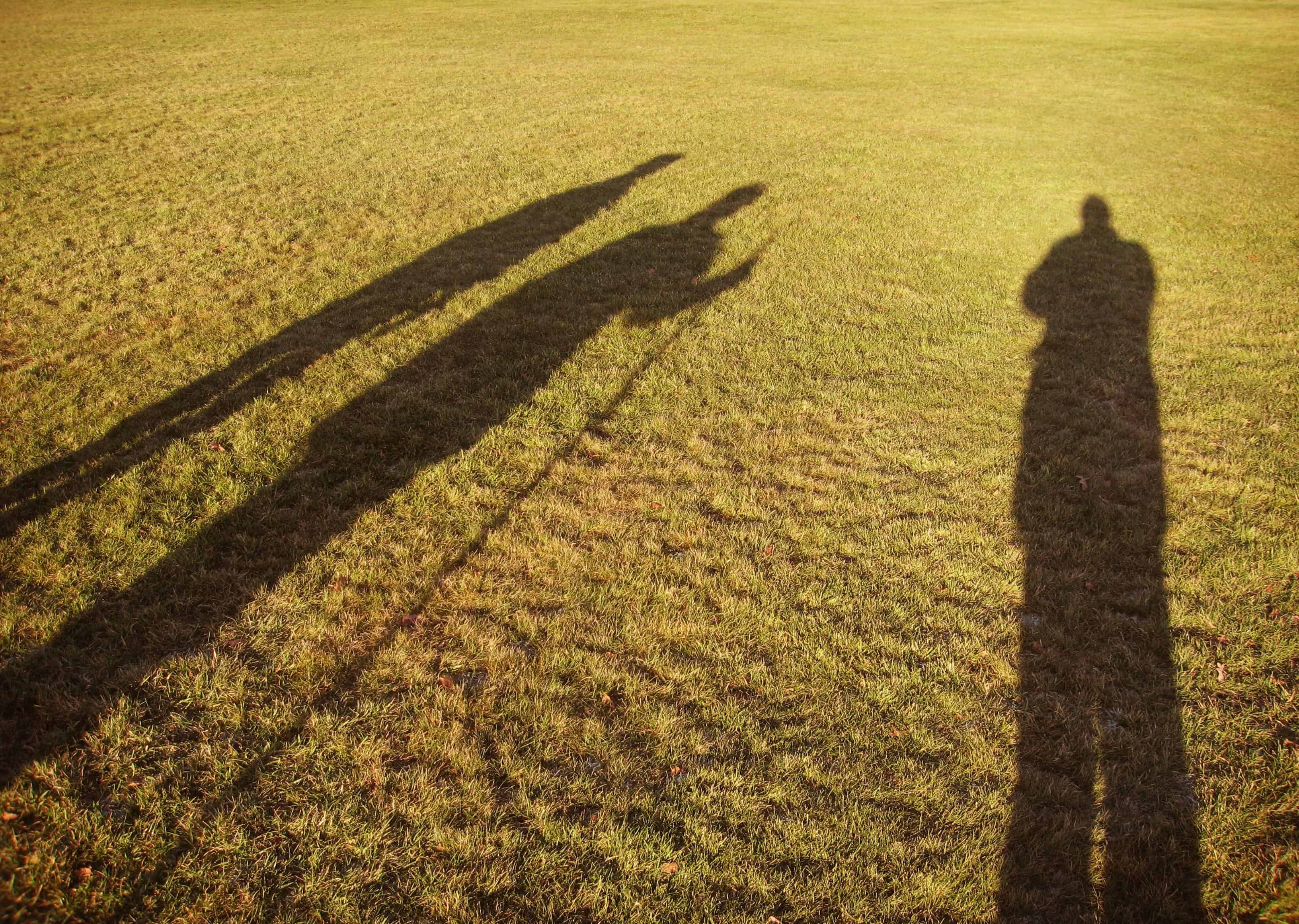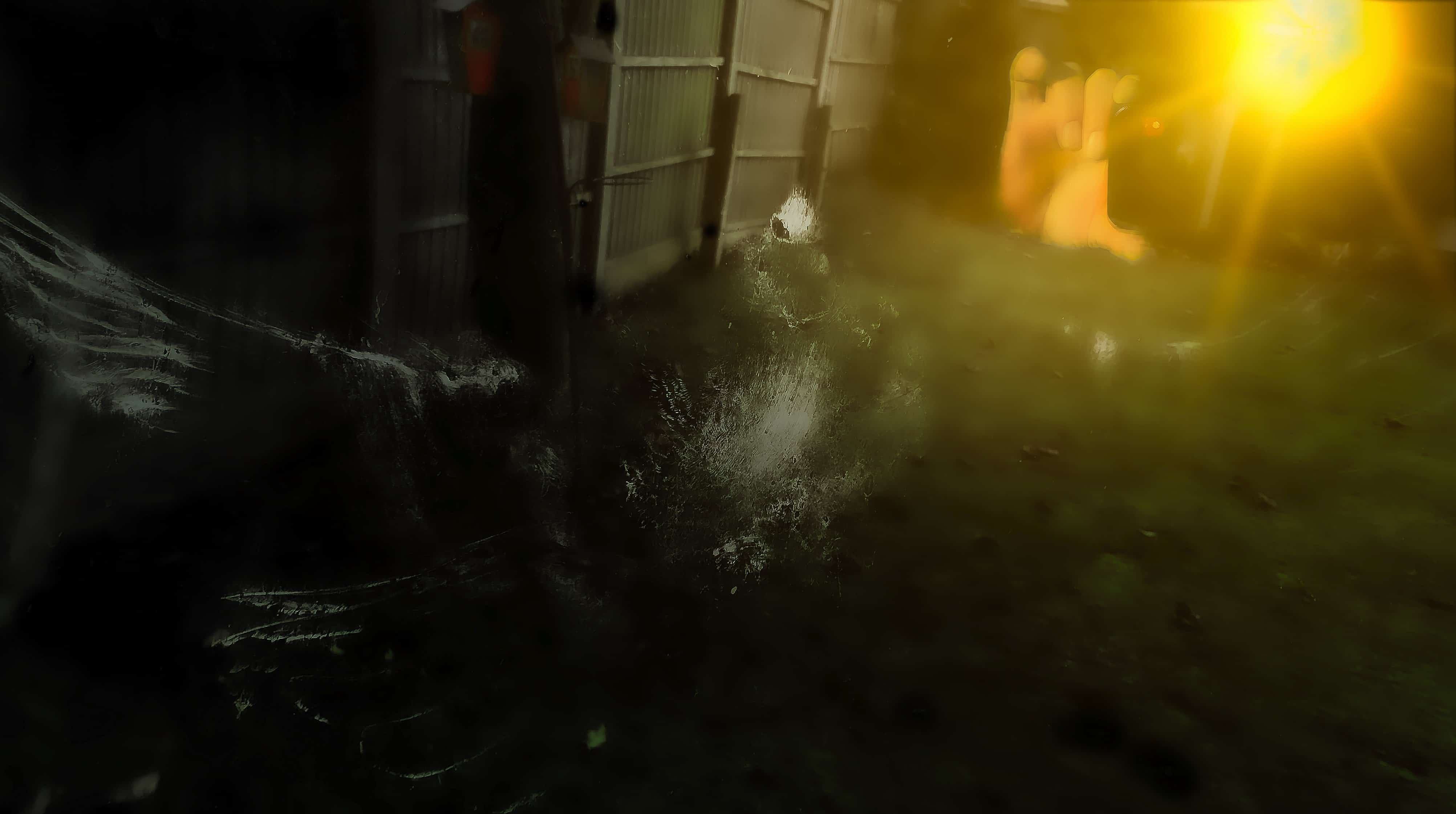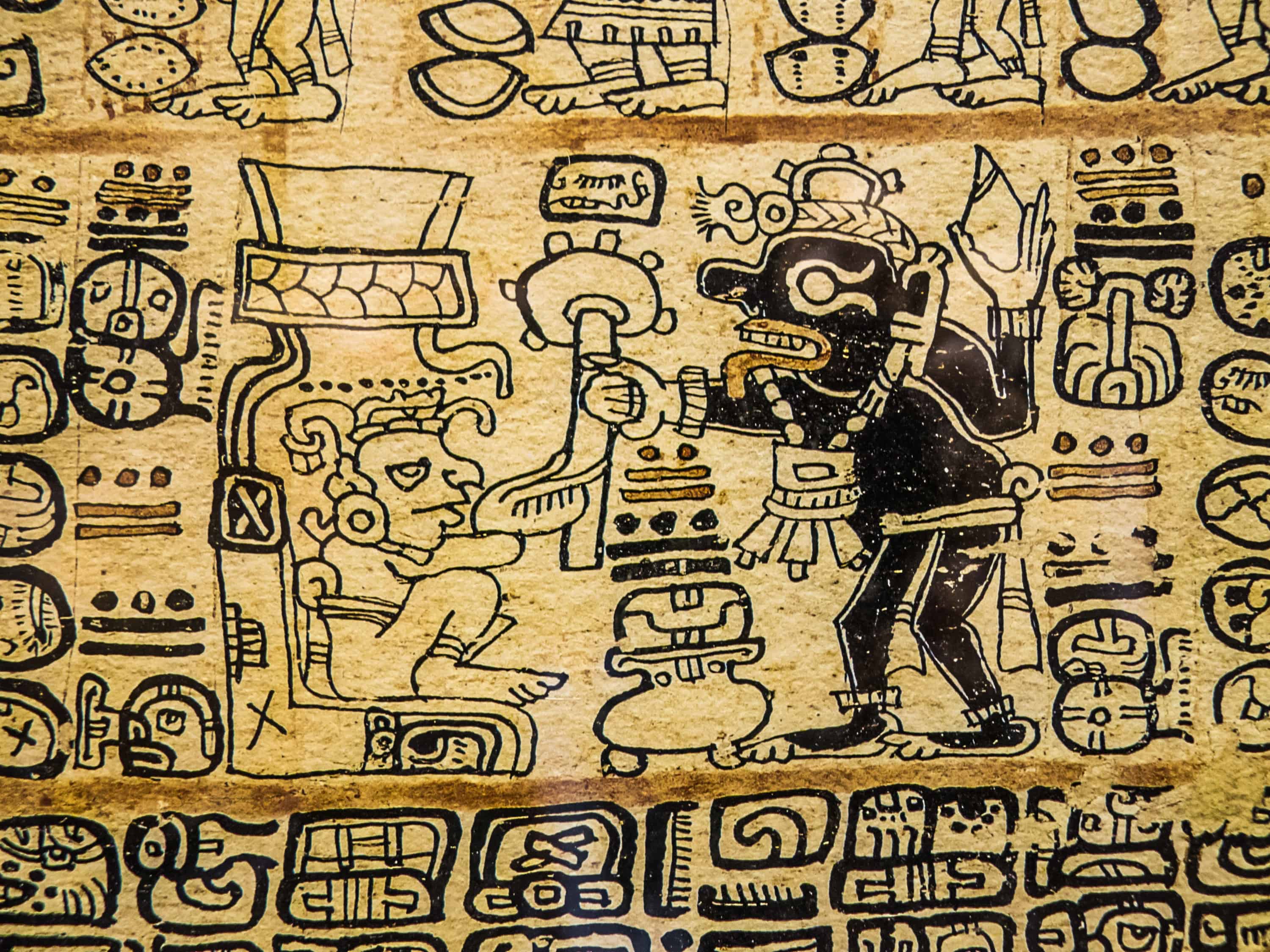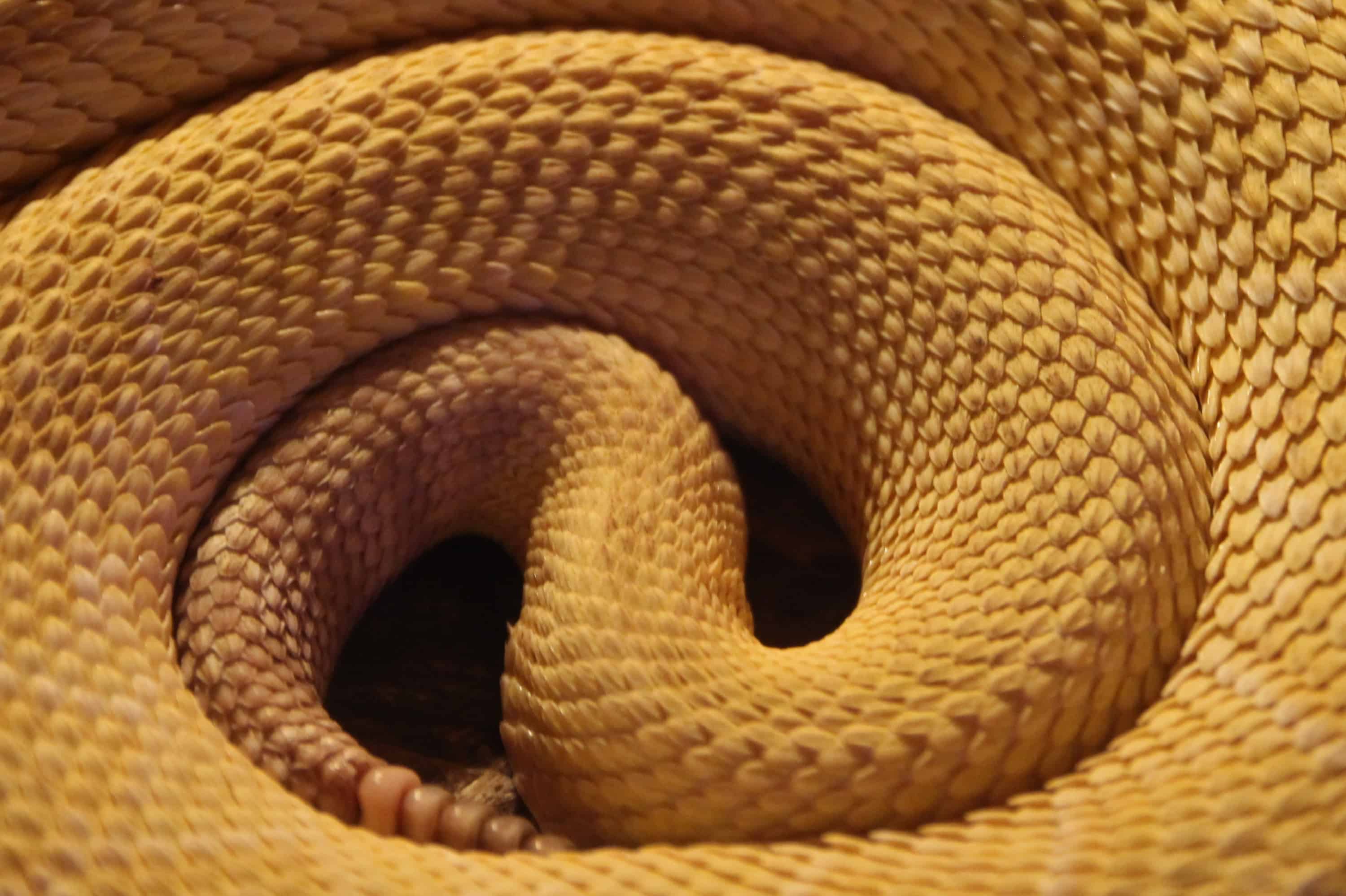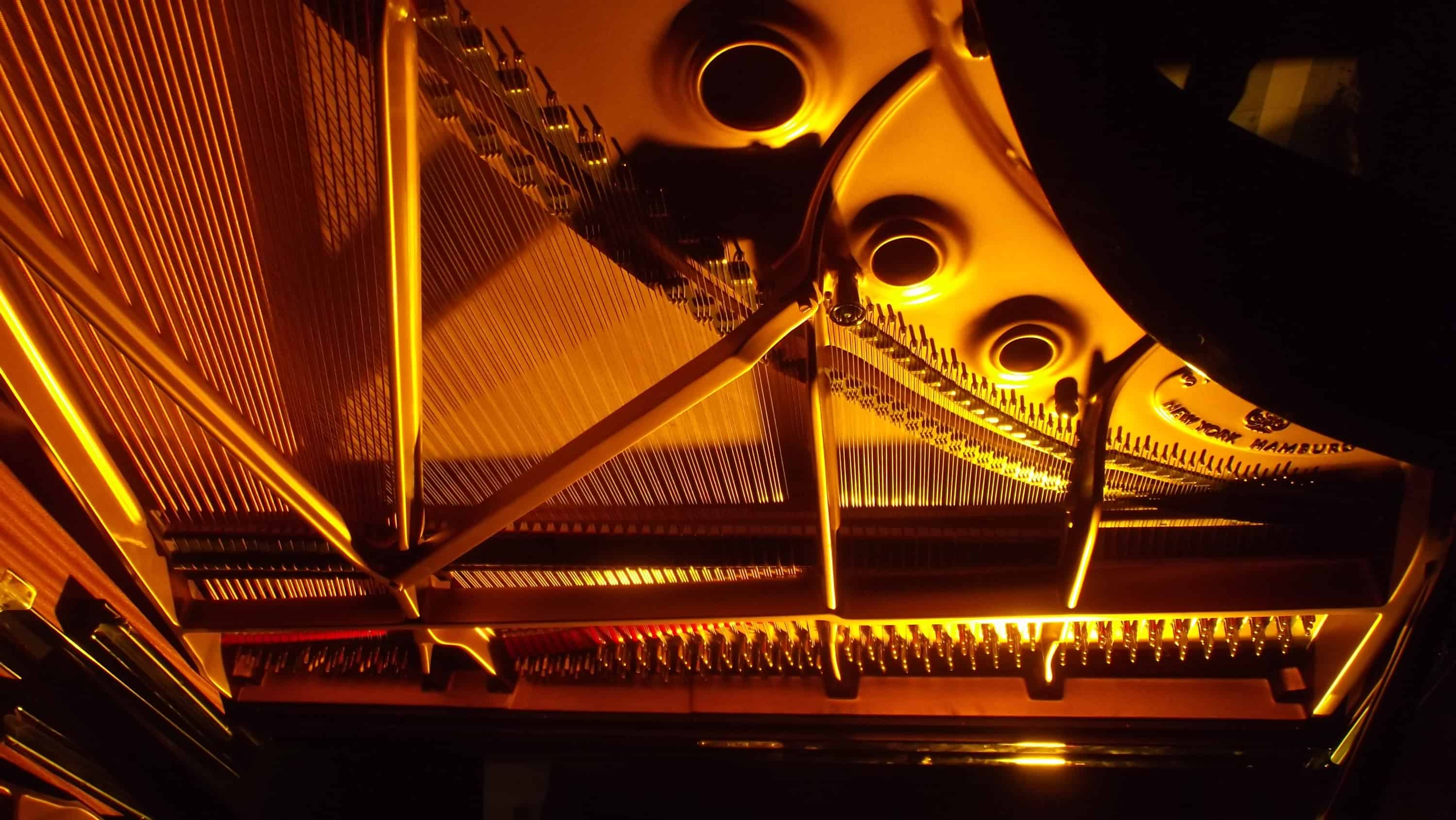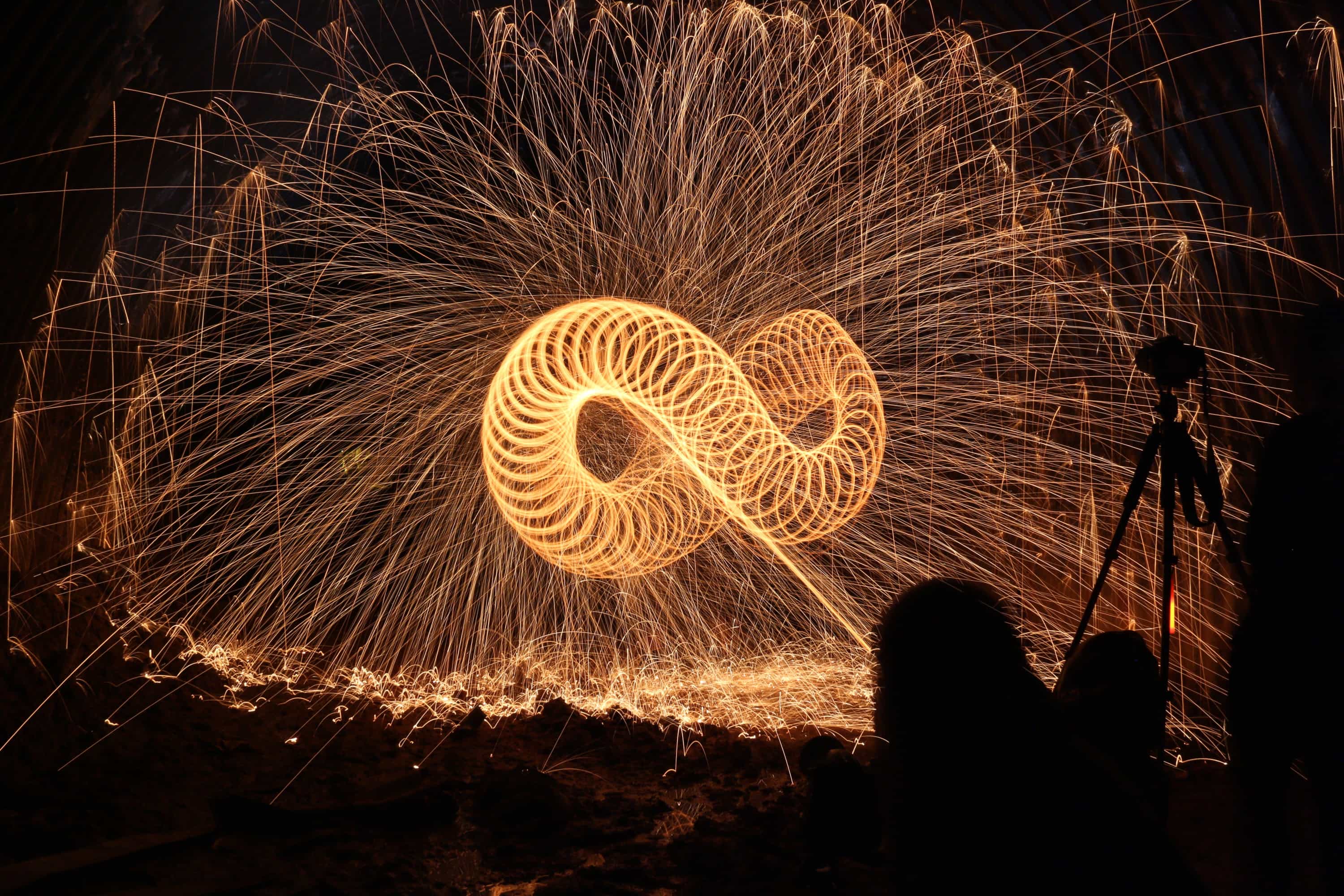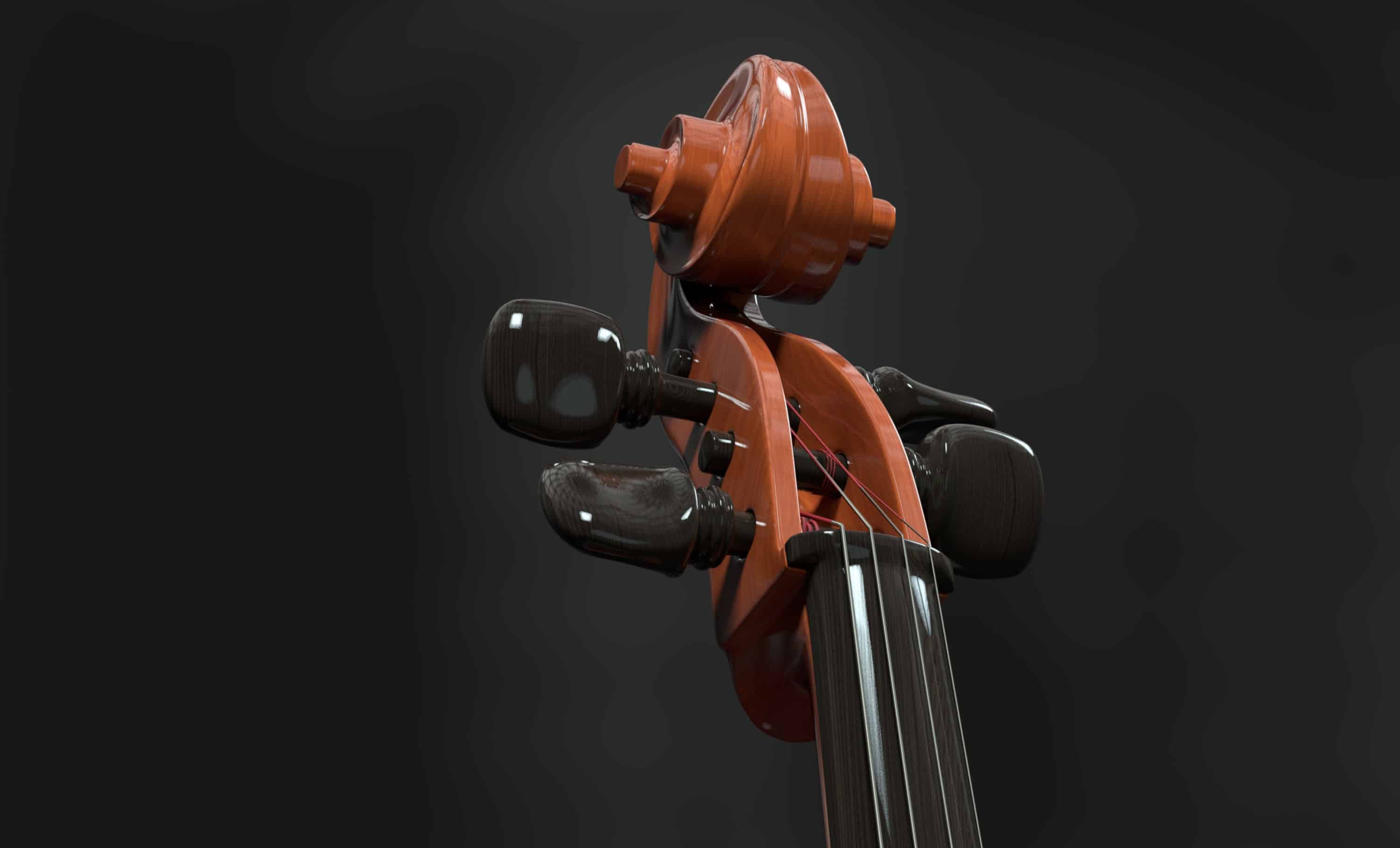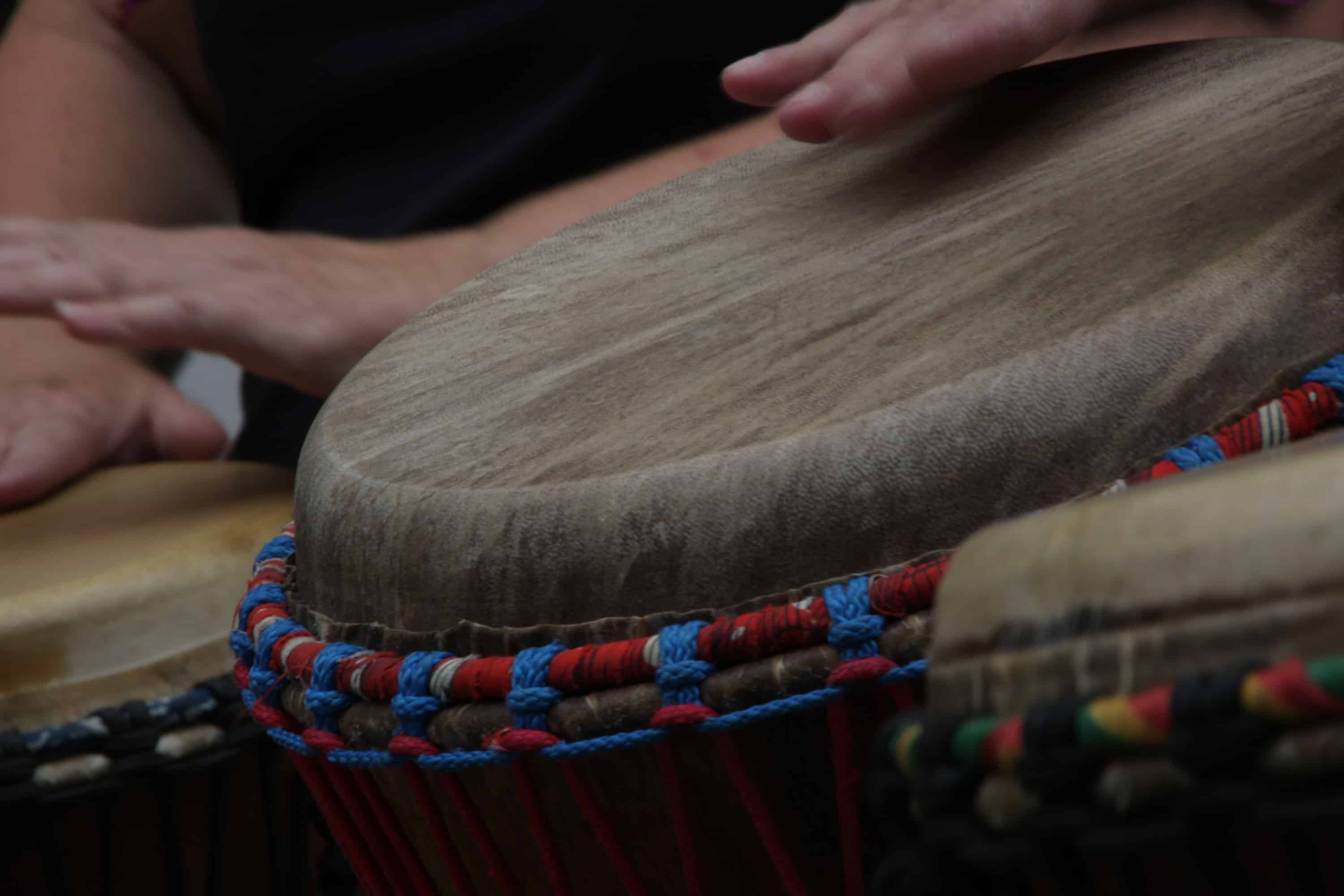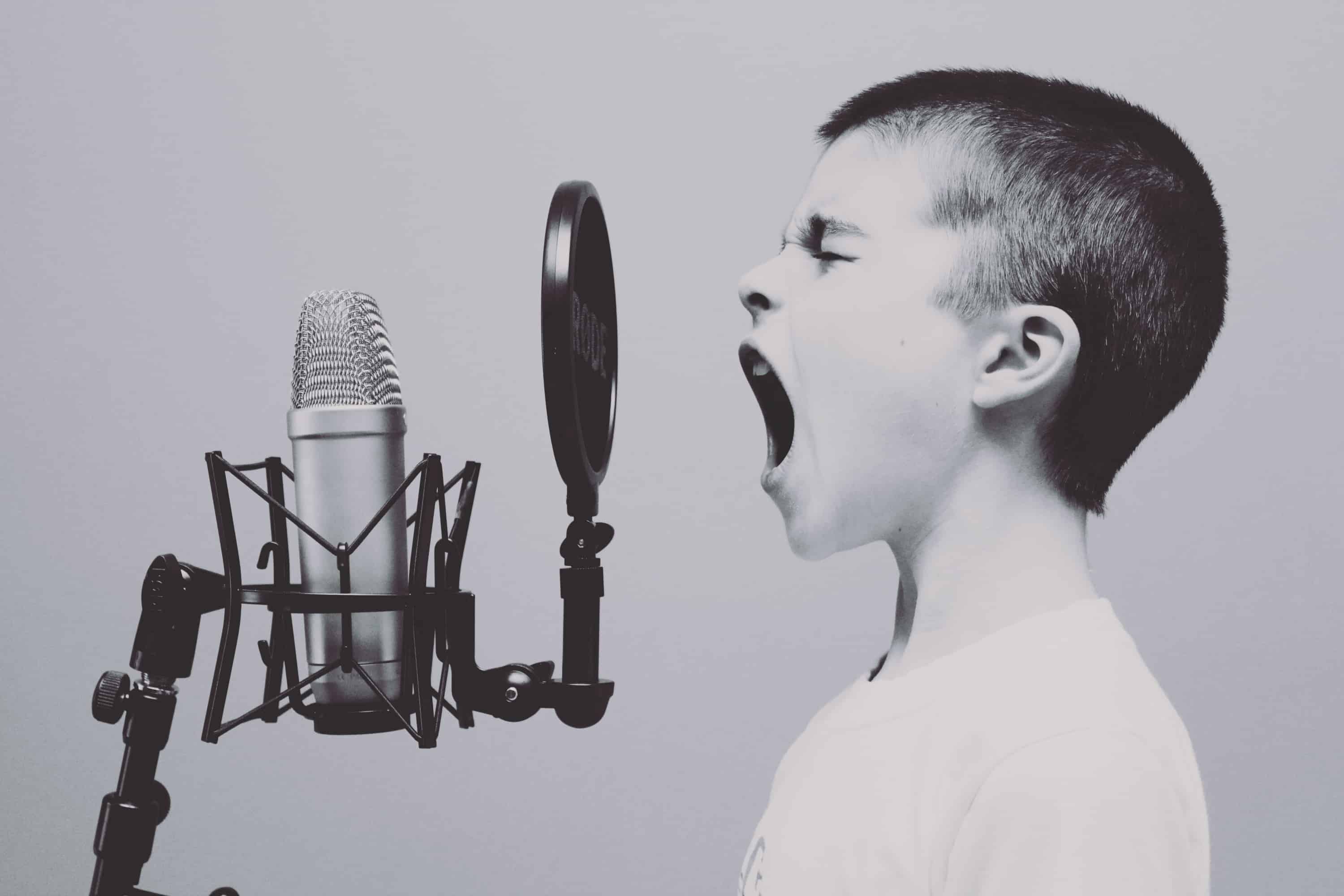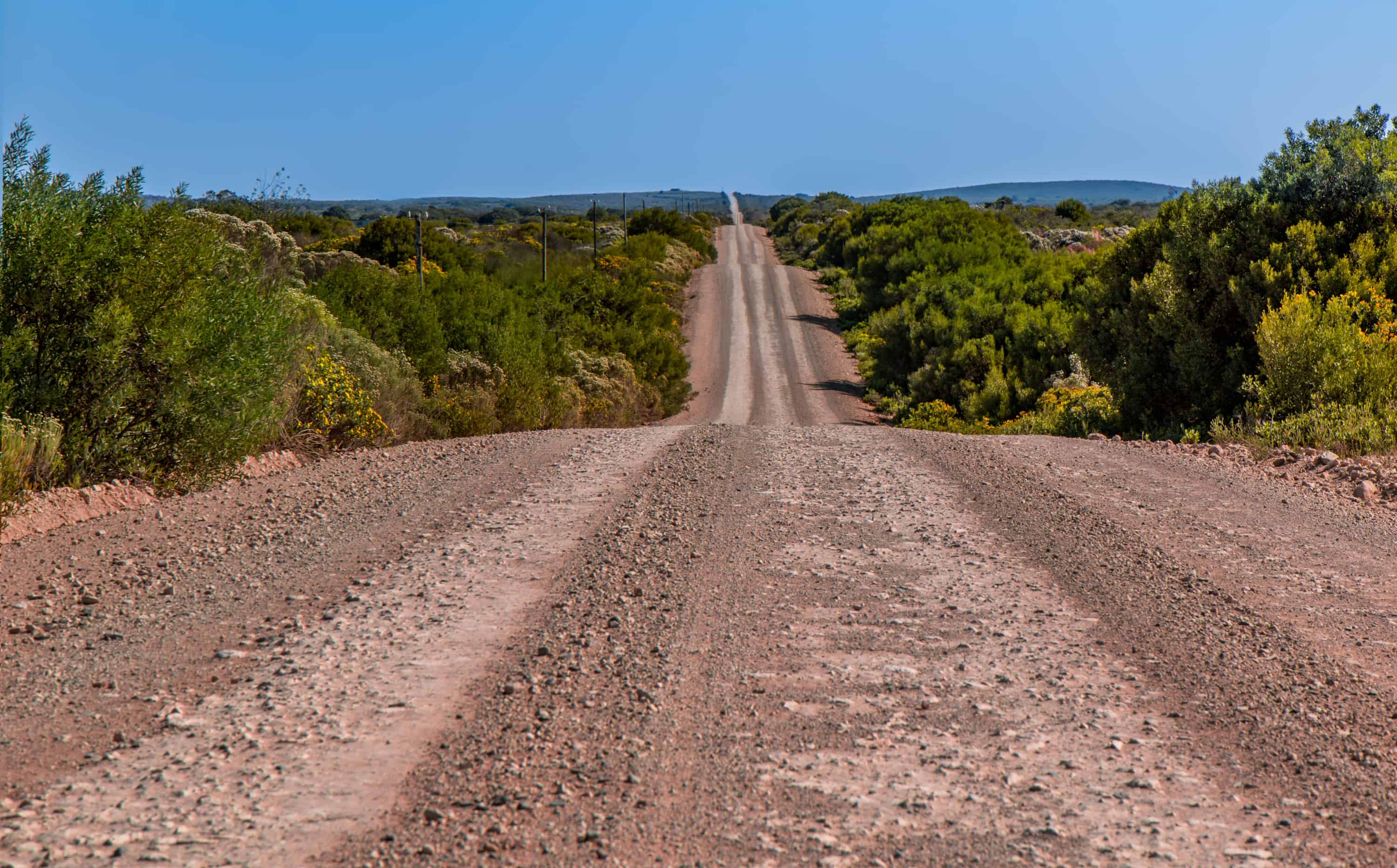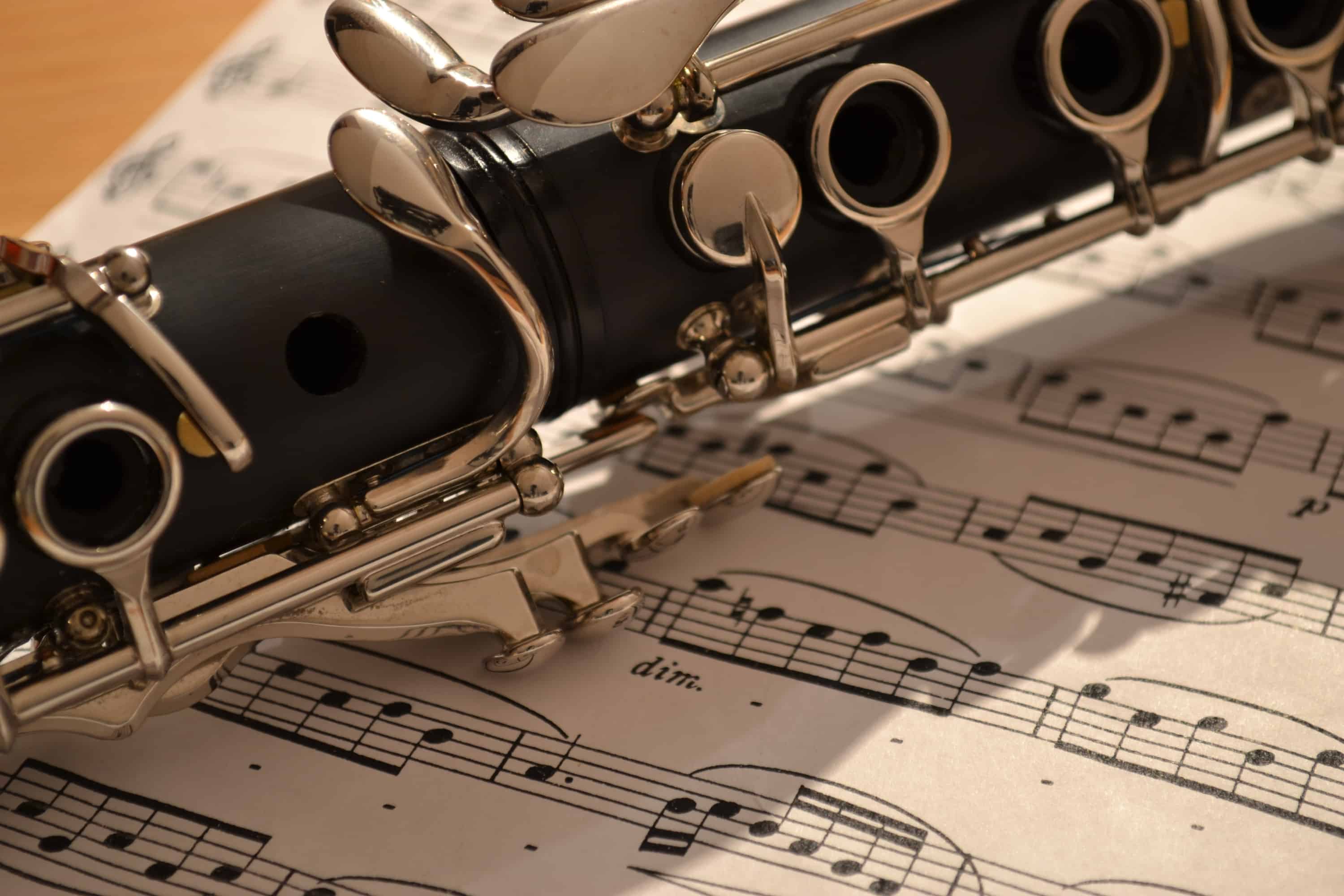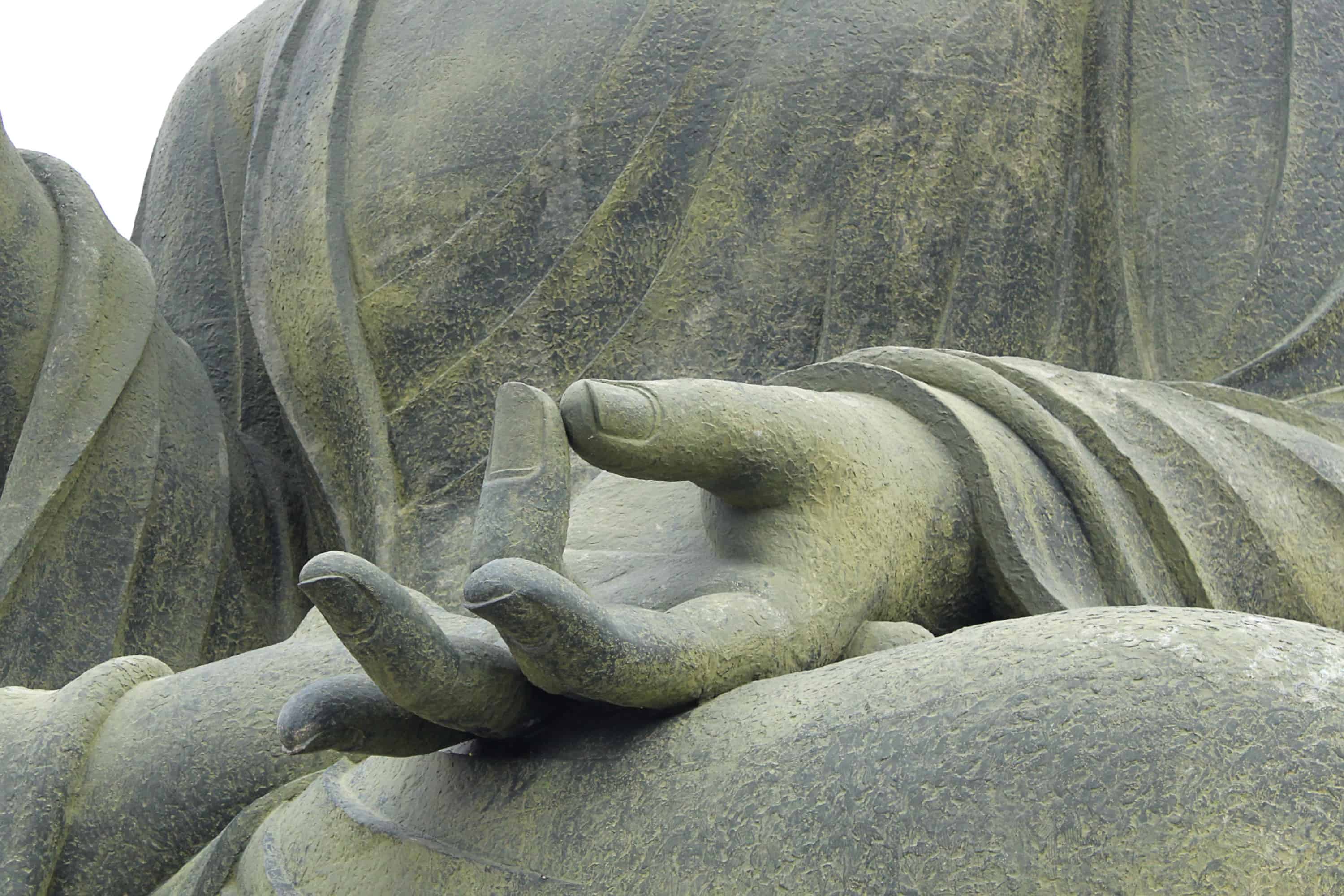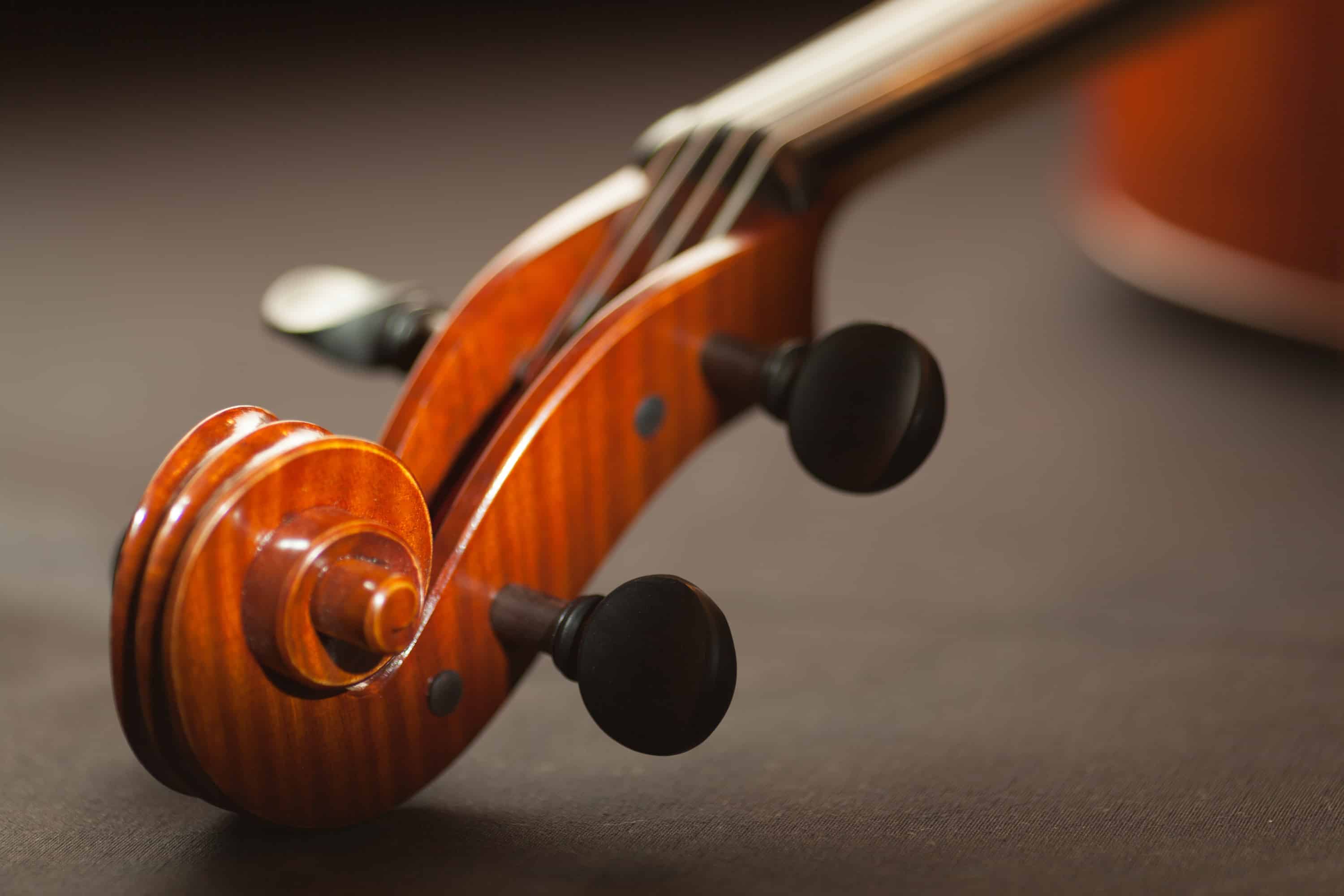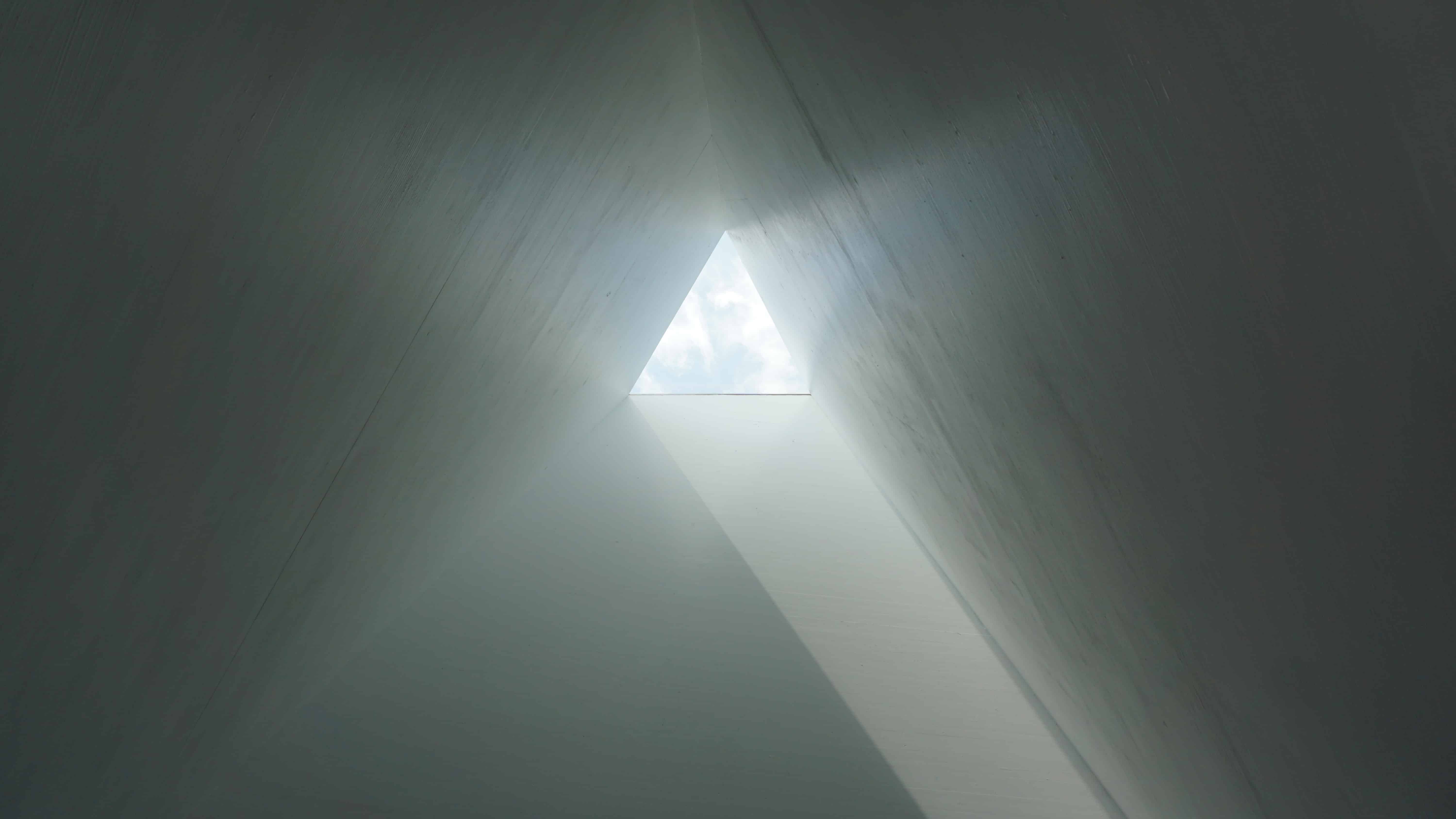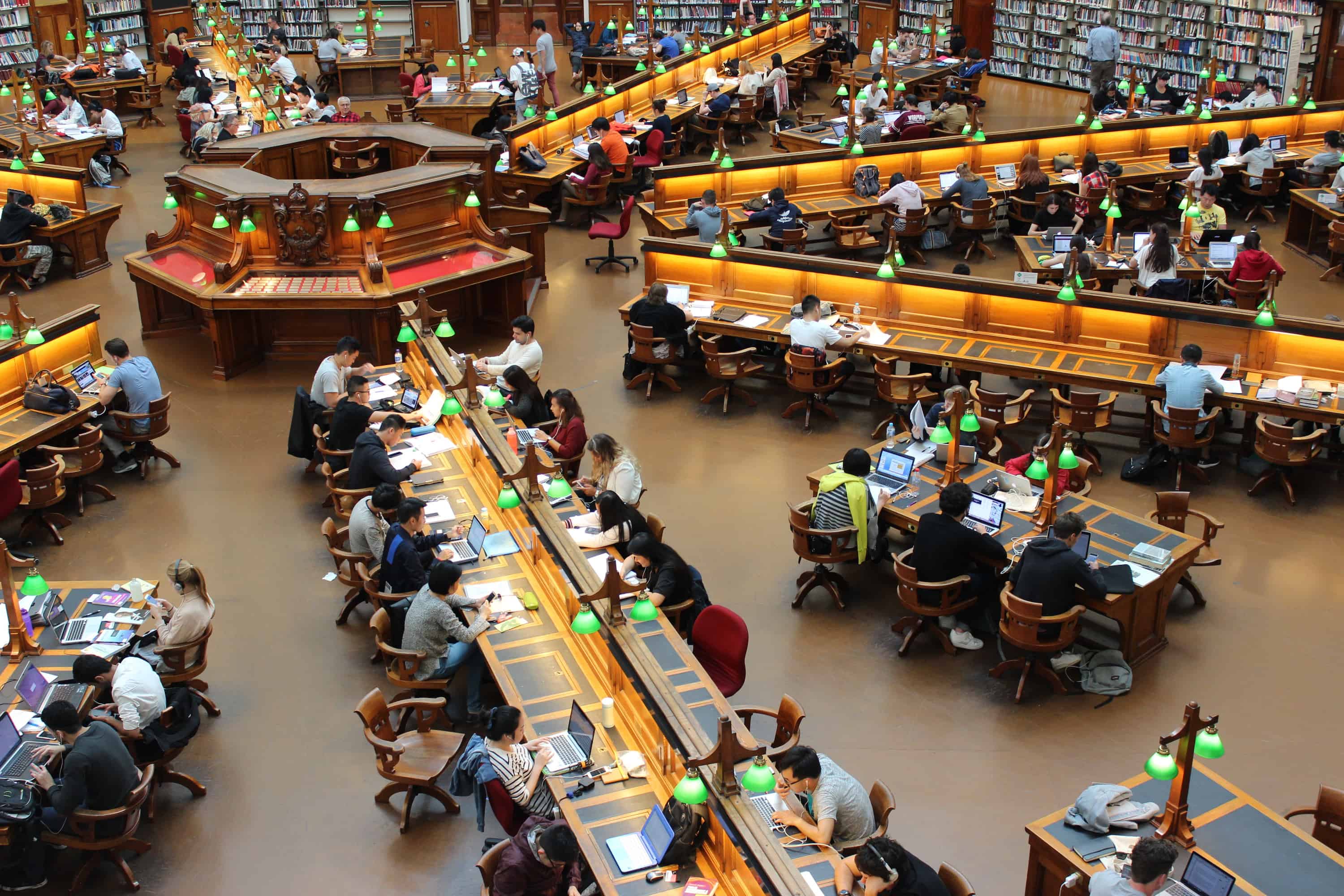Electroacoustic Composition 5
When a Snake Eats its Own Tail (2007/08) (Score revised 2013)
Single Movement for amplified Bb clarinet, live digital effects and 8-channel tape
Additional Studio Fragments
When a Snake Eats its Own Tail is a single source, single movement, electroacoustic composition realised from (and composed for) the sounds of the clarinet (including key-clicks, vocalisations and breathing) during 2007. Notation of the live part was edited early in 2008 following the premiere performance. The layout of the score was revised during 2013 when the concrete audio was also remixed and remastered.
Choosing the sonic source as a guide, research led to the savannahs of east Africa where Grenadilla Blackwood (Mpingo) grows, providing the raw material for many of the world’s clarinets. Inspired by African orature (ancient tradition where spoken literature is committed to memory) and their cyclic tales of nature and influenced by the soundworld of traditional east African music, this piece was inspired and informed by multiple elements of extra-musical narrative:
Acknowledged as the birthplace of modern man (Homo genus – Homo sapiens), Africa boasts the stunning Mount Kilimanjaro; referred to as the ‘House of God’ in east African orature. The geometry of the mountain was used to preconceive a topographical formal sketch for this work.
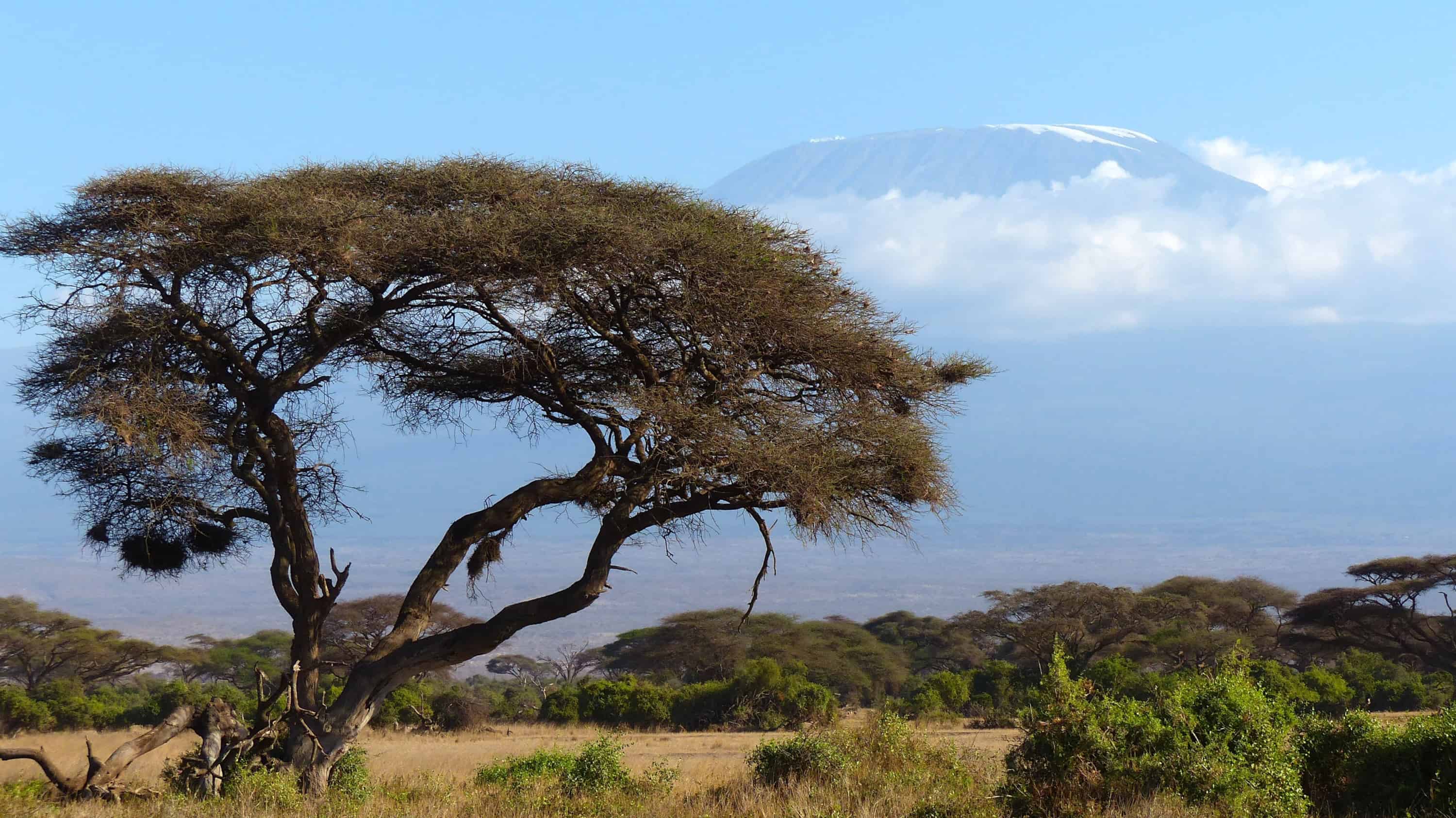
A common African theme is that man was born of reed (or from the reed bed) and the clarinet is a reed instrument: this established a thematic connection between sonic subject matter (clarinet) and compositional method (pitch organisation) along with providing a ‘philosophy of form’ for the piece and its internal proportions:
All things must begin …
… And man was born of reed …
The journey …
… And man laments the reed …
All things must end …
Perhaps all things return?
Many African languages are referred to as 'tonal' languages (where the pitch of the word denotes its meaning) and this is clearly relative to the timbral variety heard within the distinct registers of the clarinet: Chalumeau, throat, clarino, high and extreme. See Equidistant Scales and Quartertones PDF …
East African Bagandan music has no harmonic progression and uses asymmetric internal divisions (units) of repetition within overarching equidistant (and often symmetrical) rhythmic cycles. Asymmetrical division of symmetrical form proved to be an ideal technique for shaping internal proportions and the distribution of micro units and meso forms in this piece.

Traditional African music often uses forms of just intonation, and so it was determined that there should be an intrinsic microtonal element in this work. The pitch organisation for the live part focuses primarily upon equidistant pentatonic scales (the octave split into five equal steps of 2.4 semi-tones):
C – D (plus ⅖) – F (minus ⅕) – G (plus ⅕) – Bb (minus ⅖) – C
Micro-tonalities and multiphonics conceived with reference to equidistant theory are distributed through virtuosic gestures and melodic statement to evoke reminiscences of the visceral and organic soundworld of traditional east African music wrapped within the composer’s individual voice
When a Snake Eats its Own Tail is a loose combination and translation of a common African theme referring to the cyclic existence of both man and nature. If a snake eats its own tail it forms a circle: All things begin – All things end, but perhaps all things return?
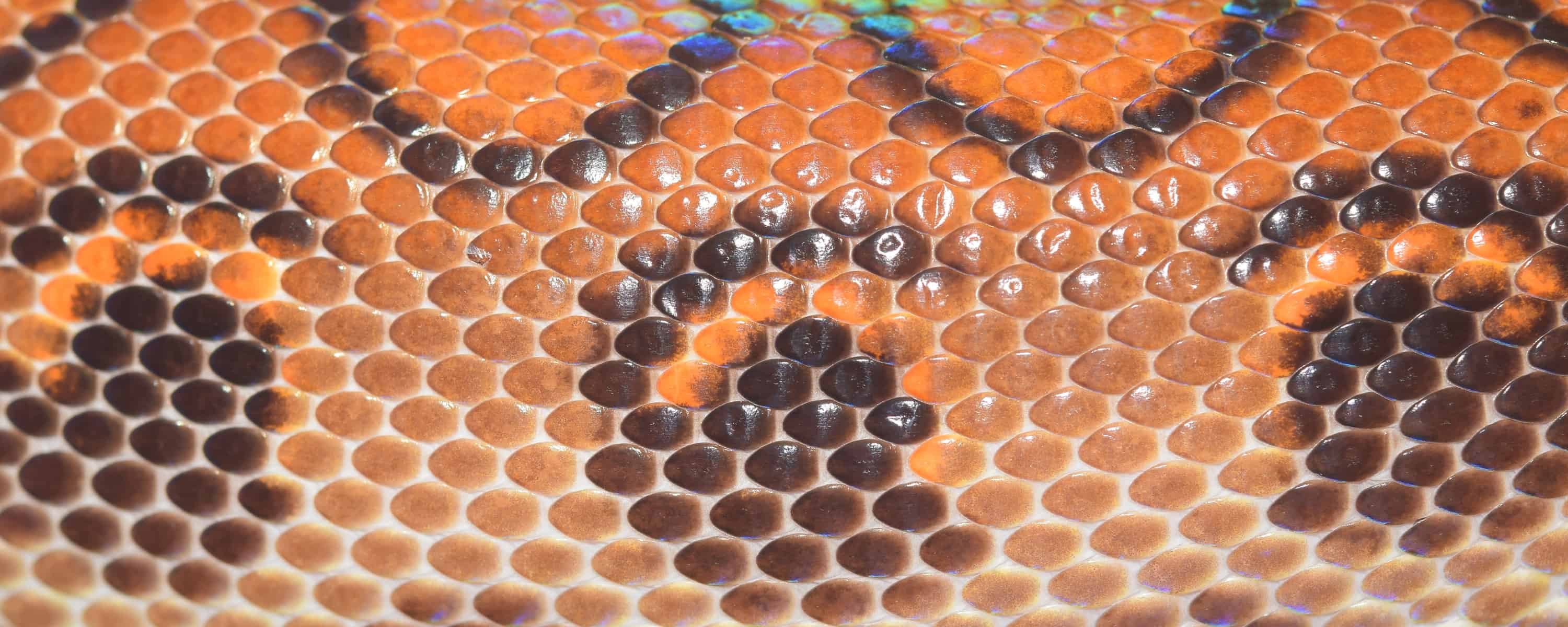
Sound Source and Acknowledgement:
Nicholas Cox (principal clarinettist with the RLPO at that time) recorded the primary sound material (including excerpts from the live part, passages of spoken text, vocalised articulations and breath sounds) during 2007 in Liverpool Hope University recording studios.
The concrete parts were realised in the composer’s home studio and premixed to eight-channel surround sound. The speakers (plus sub-bass LFE and central auxiliary) should be placed in an equidistant circle around the audience (see score preface for further details).
The complete work was premiered during The Cornerstone Festival, at The Great Hall Liverpool Hope University 26th November 2007 (Nicholas Cox: clarinet).
Direct Pdf Links :
Additional Resources ...
A sound palette of 69 mono audio samples exploring the soundworld of the clarinet. The files are available to use as open access source recordings for electroacoustic and acousmatic composers (53MB of 16bit Wave Audio).

